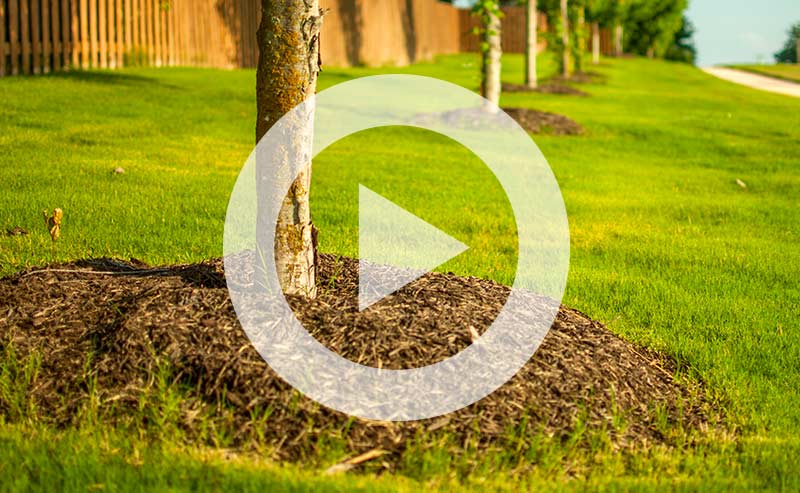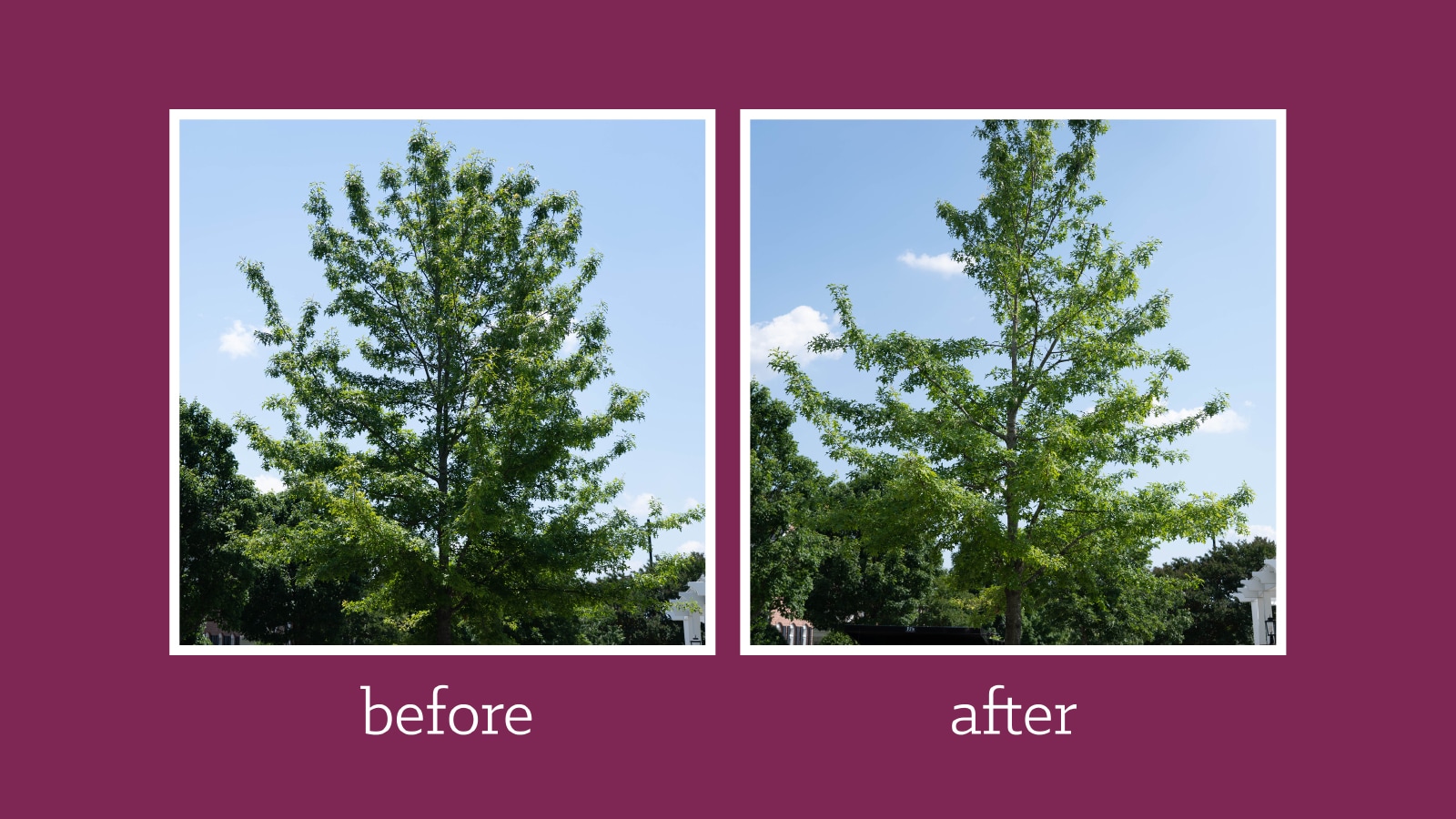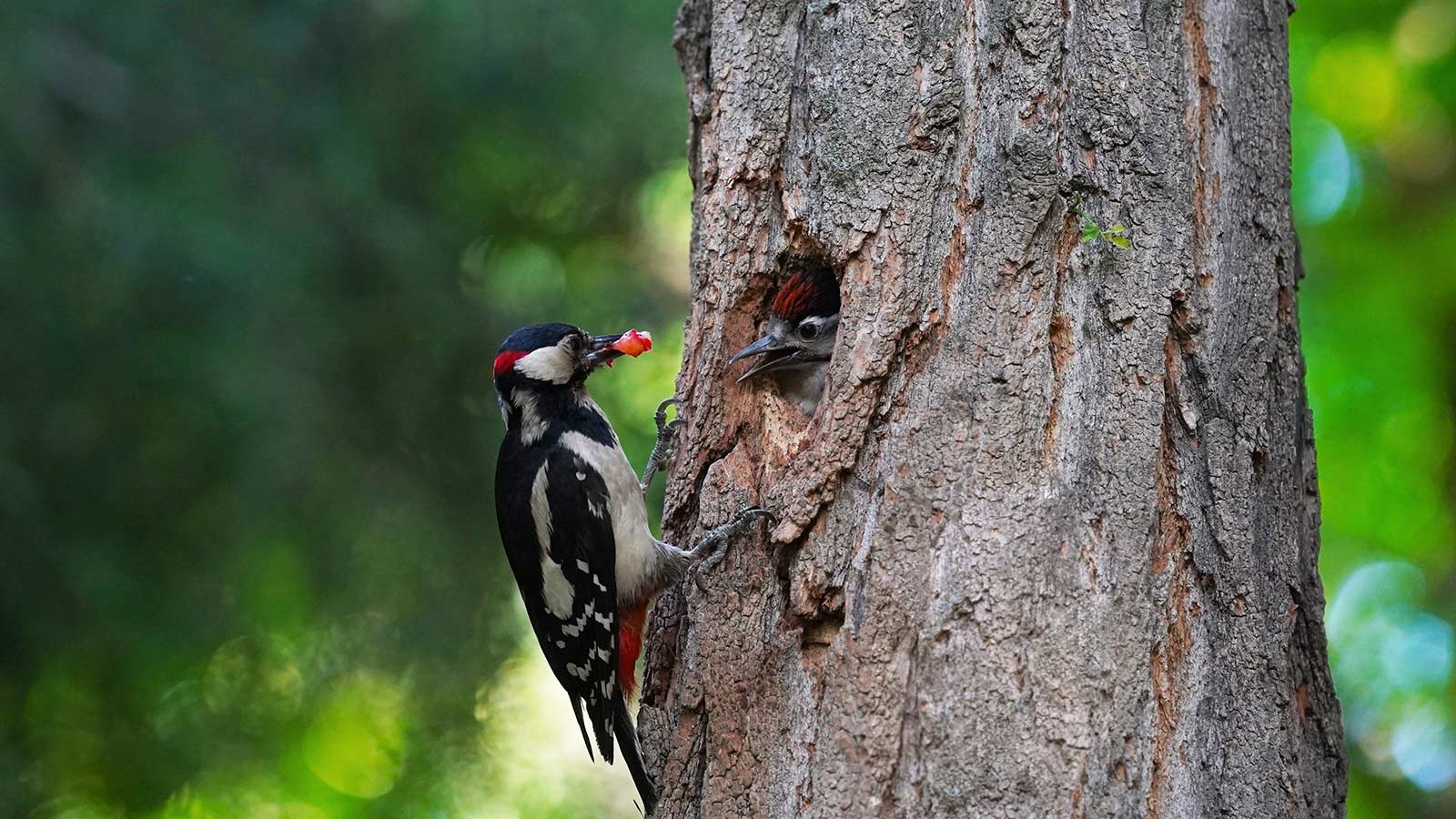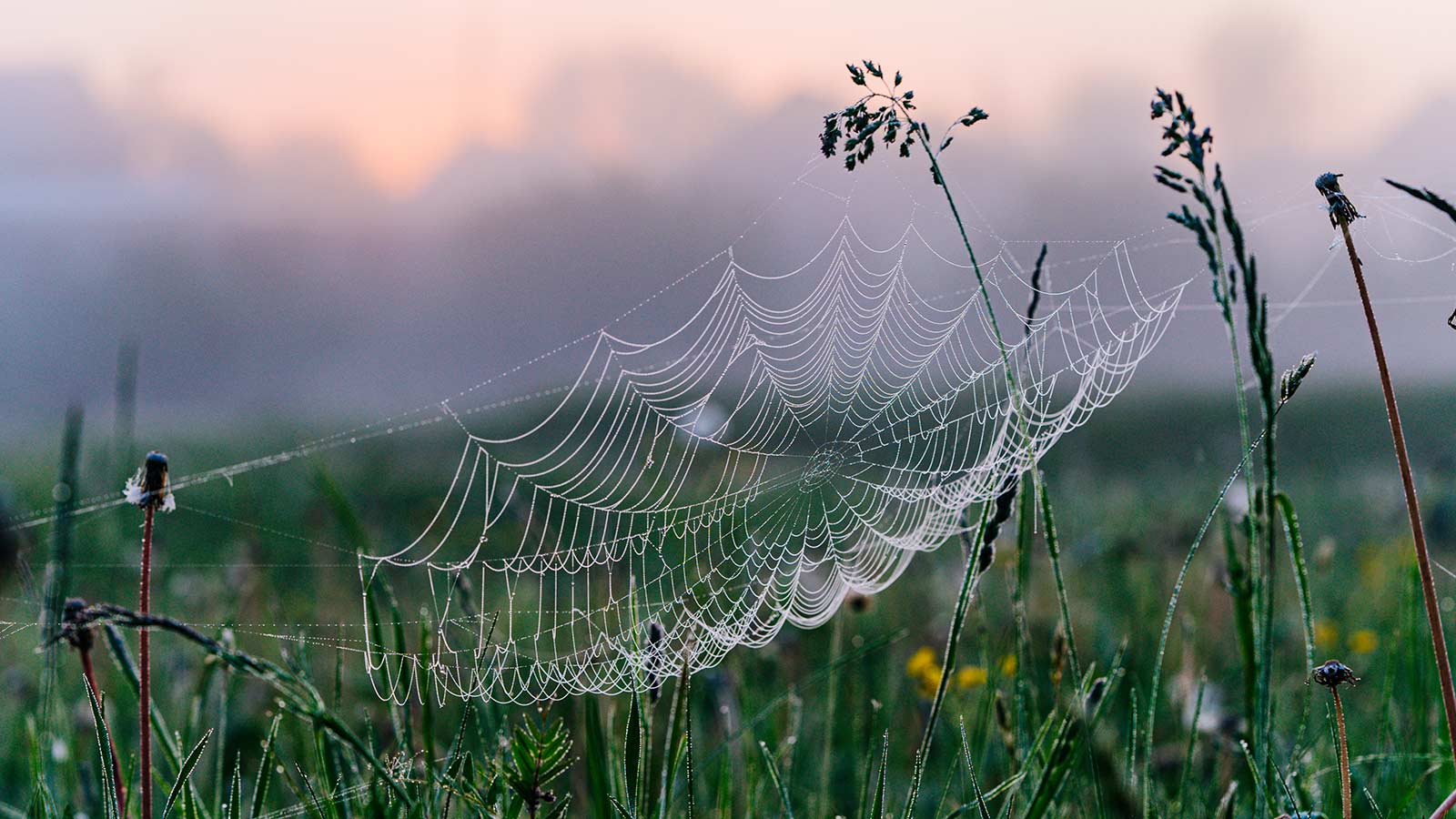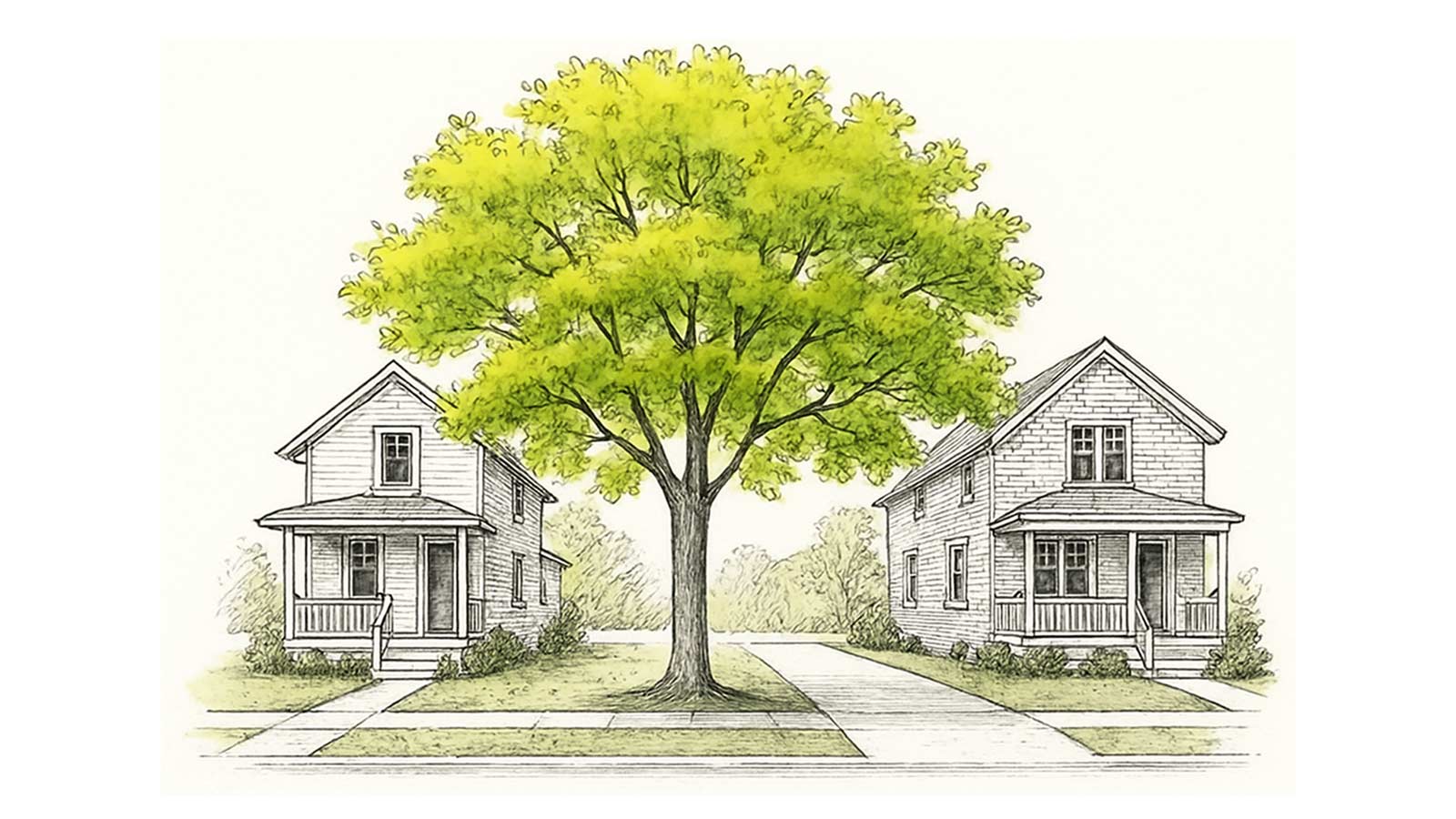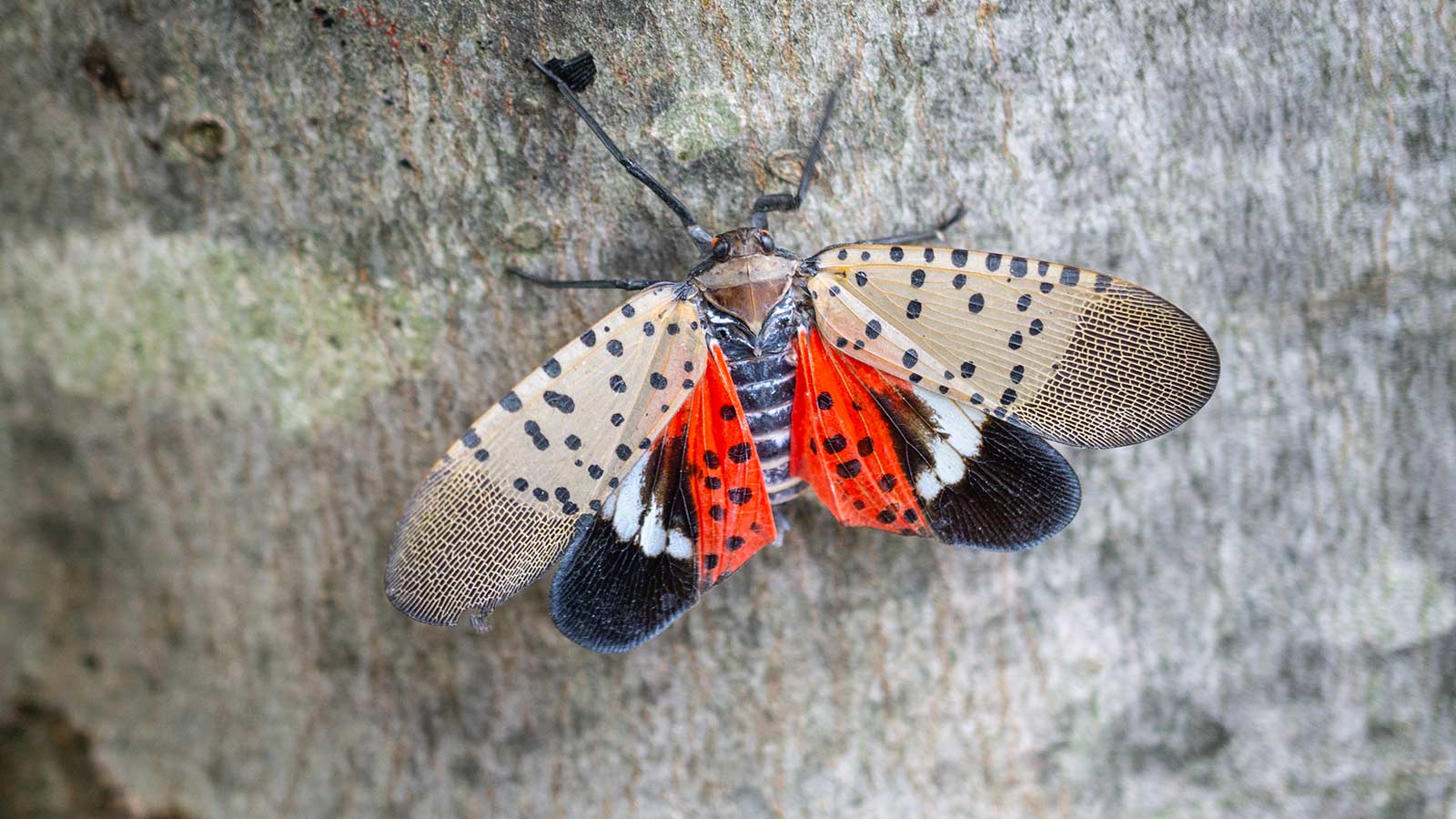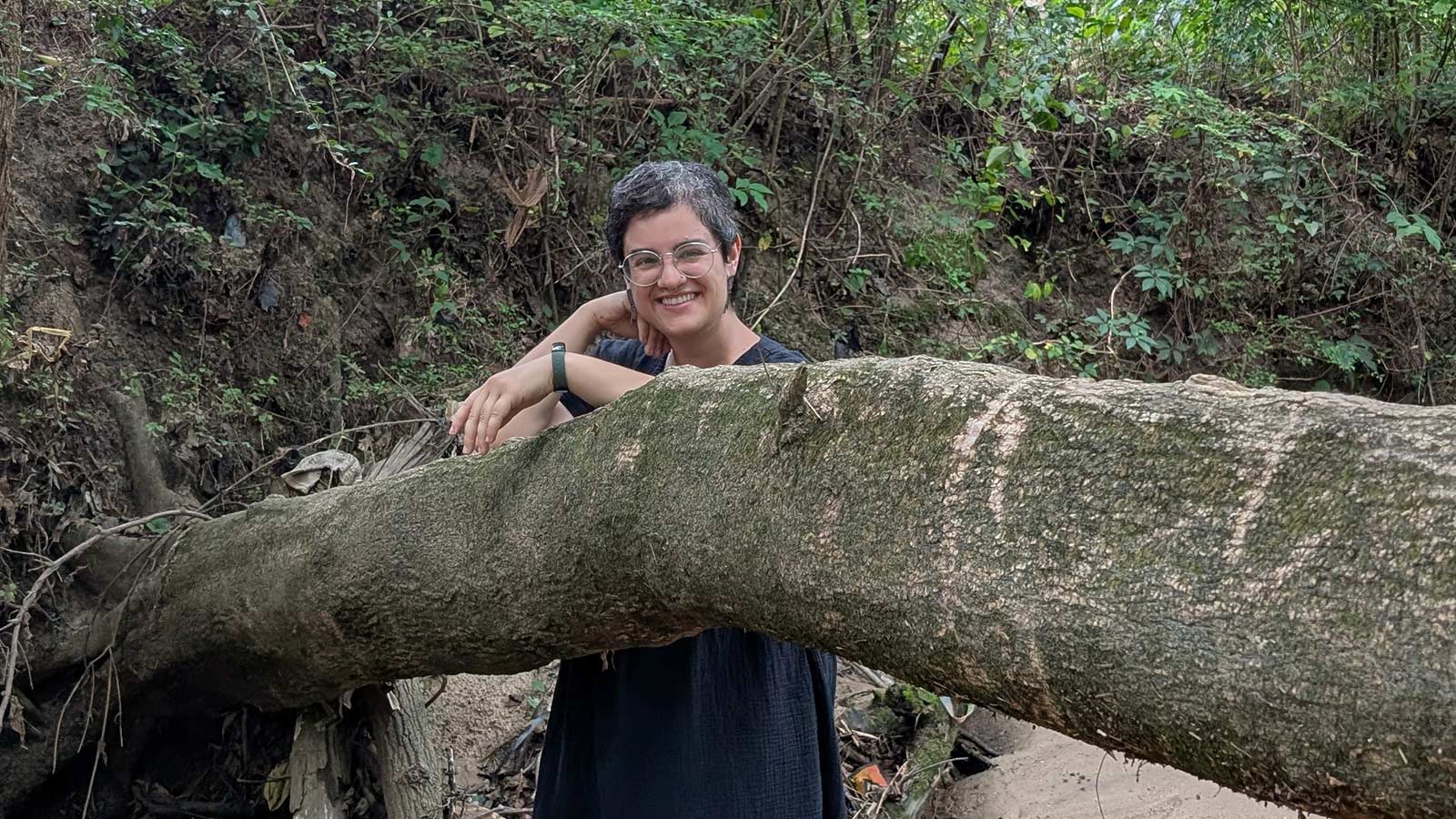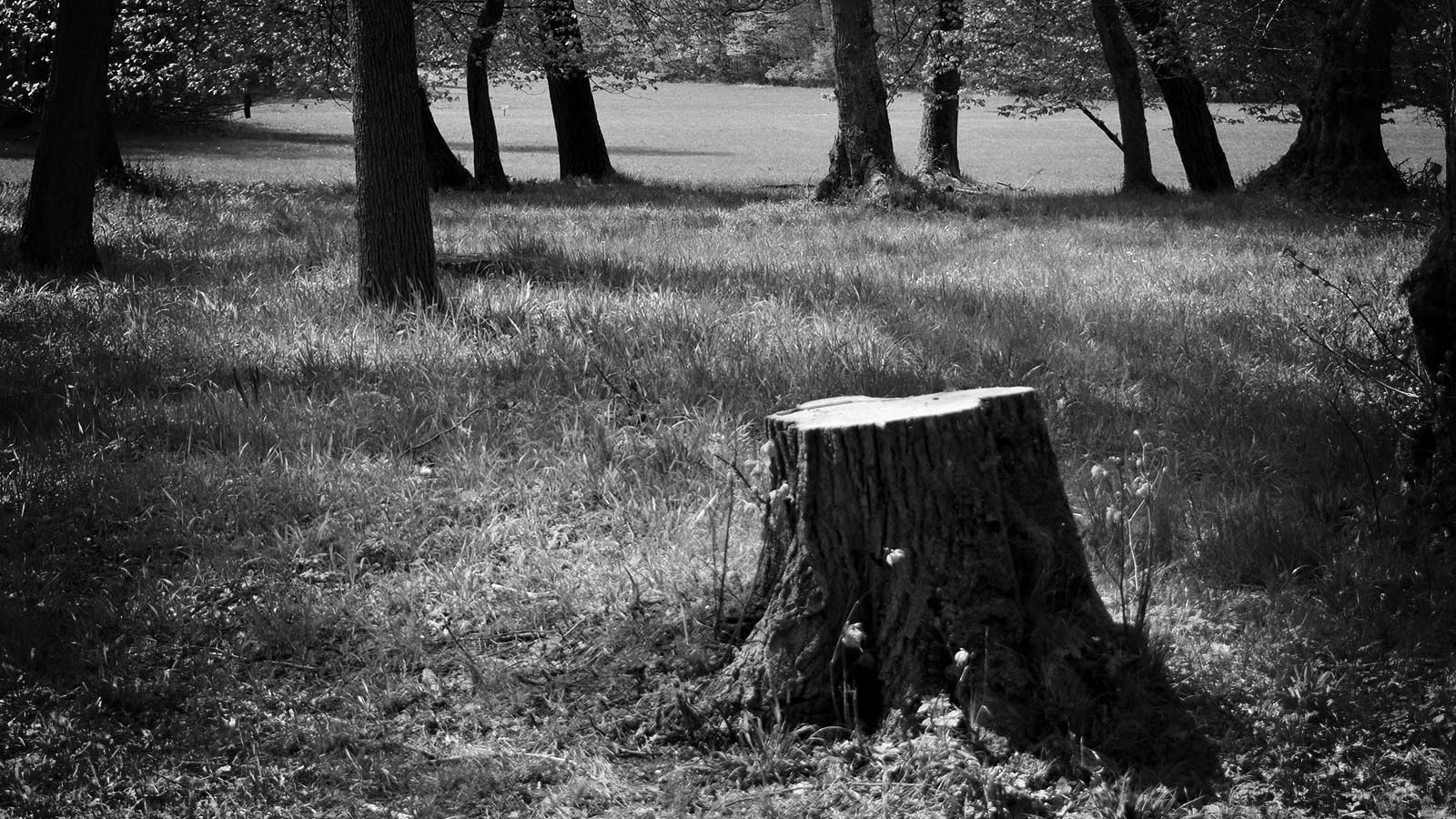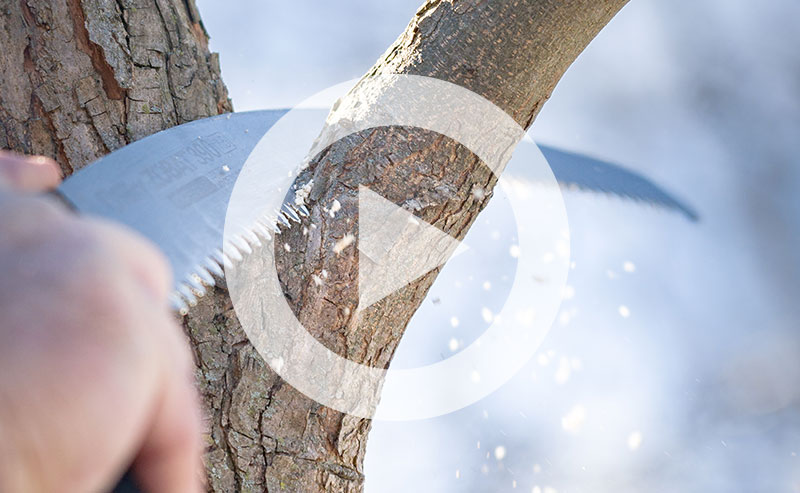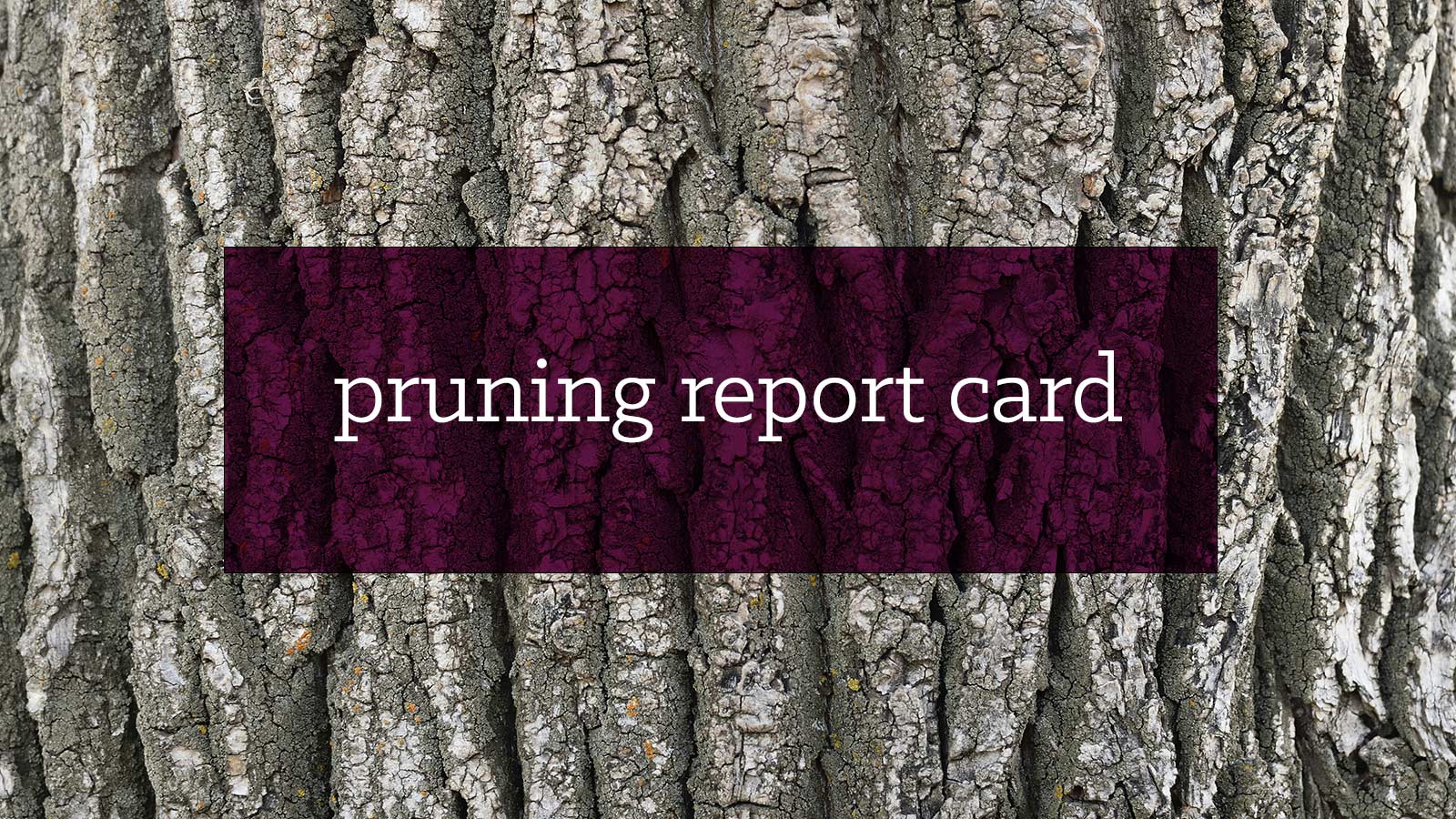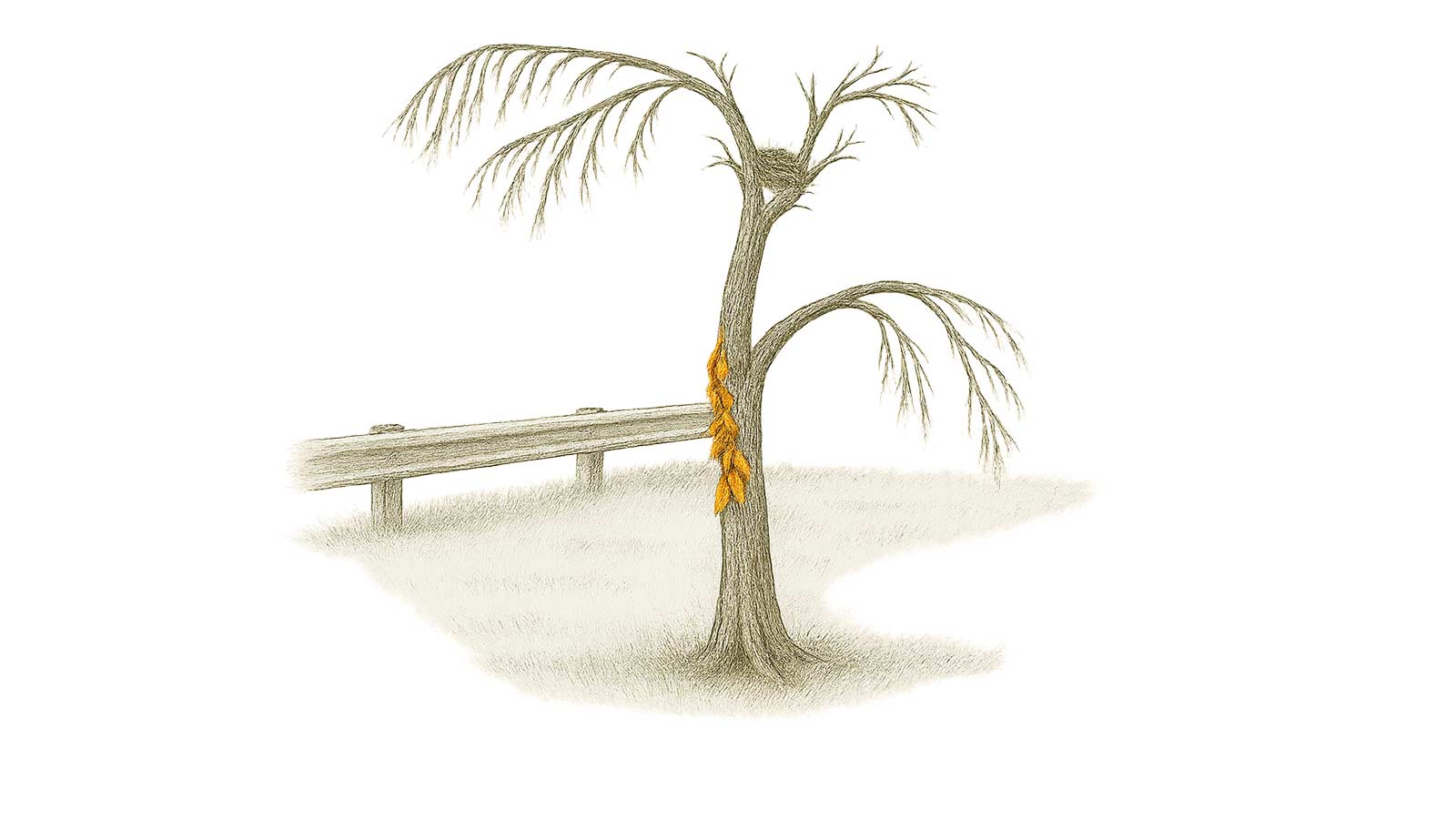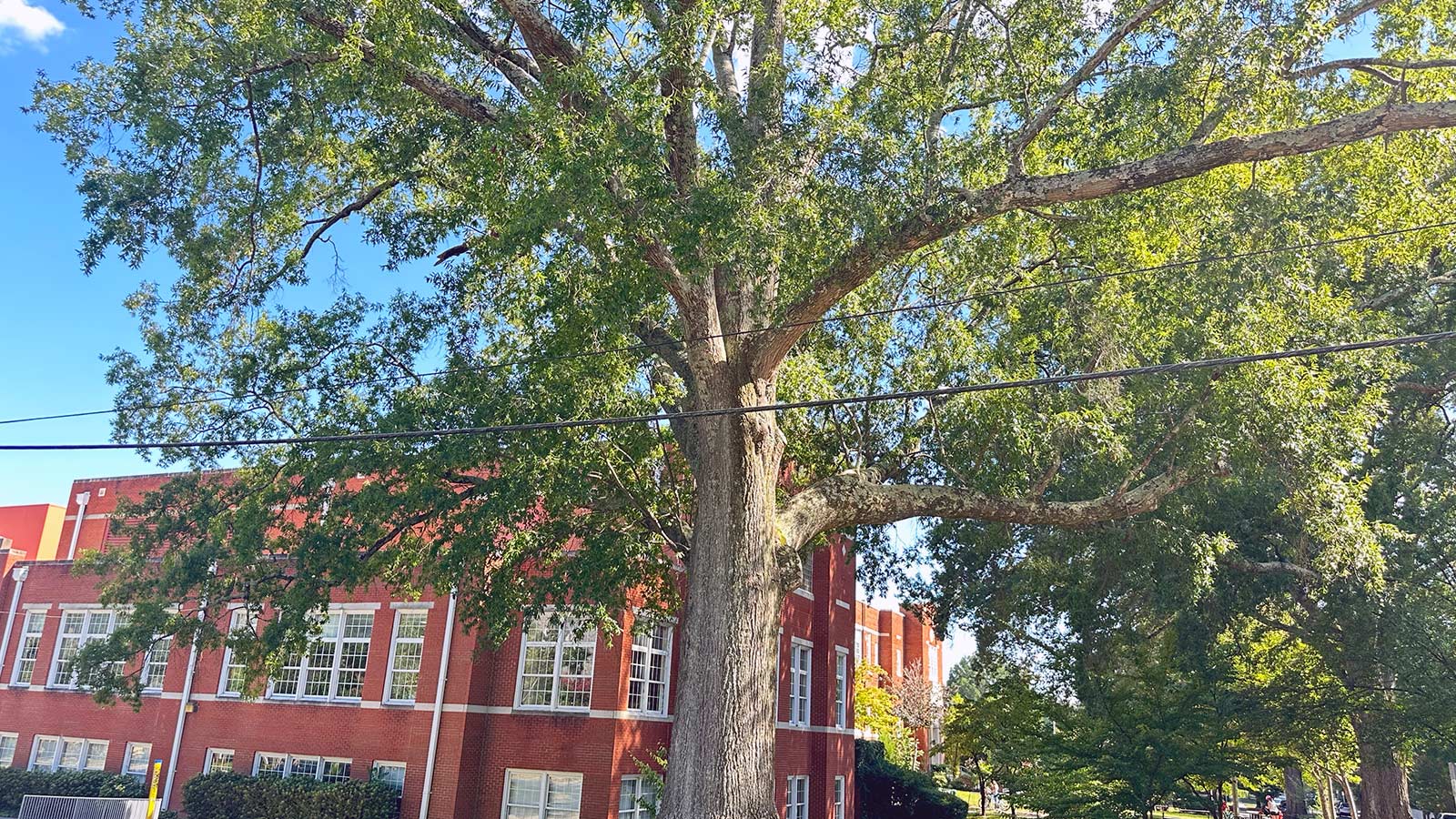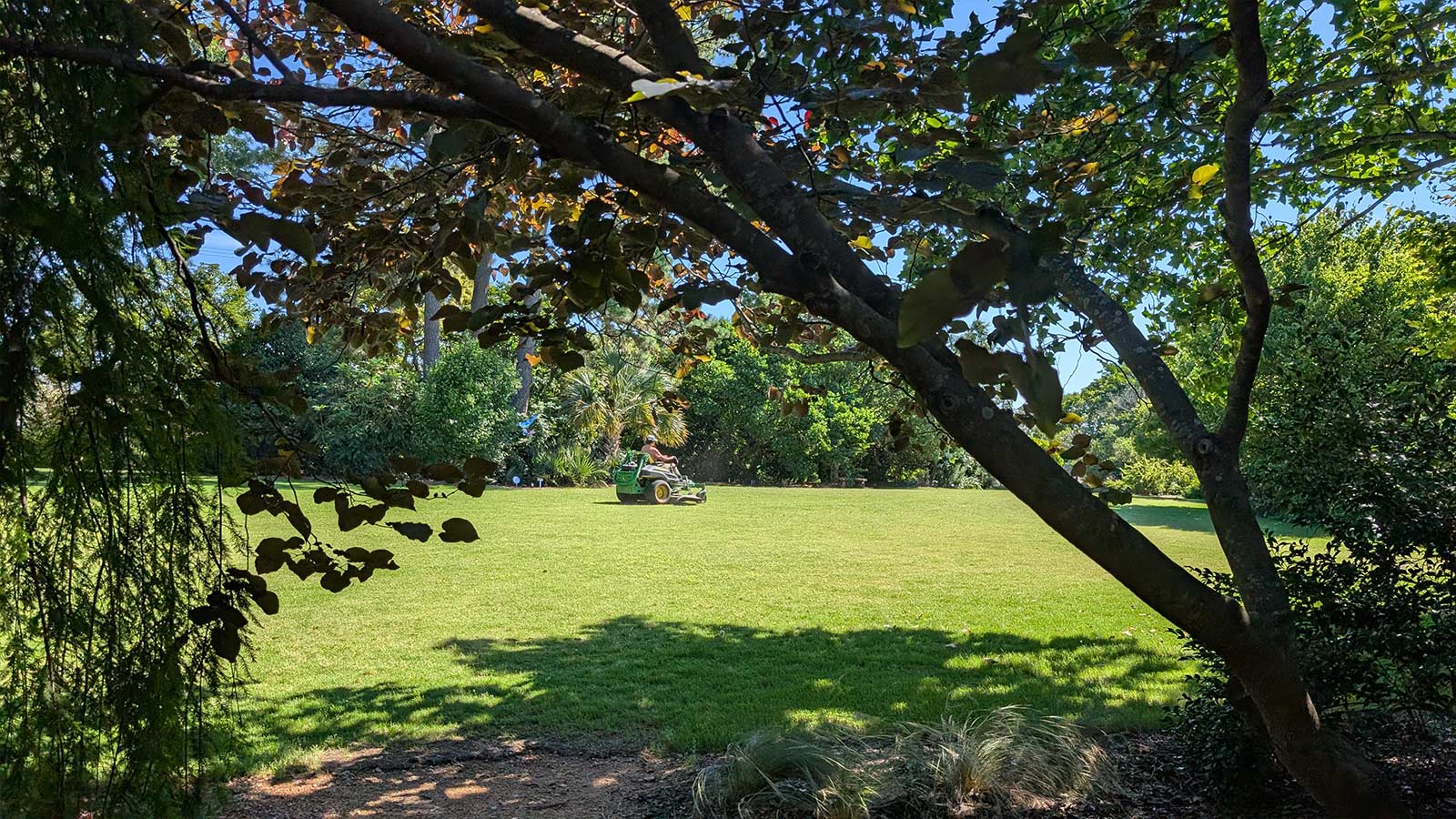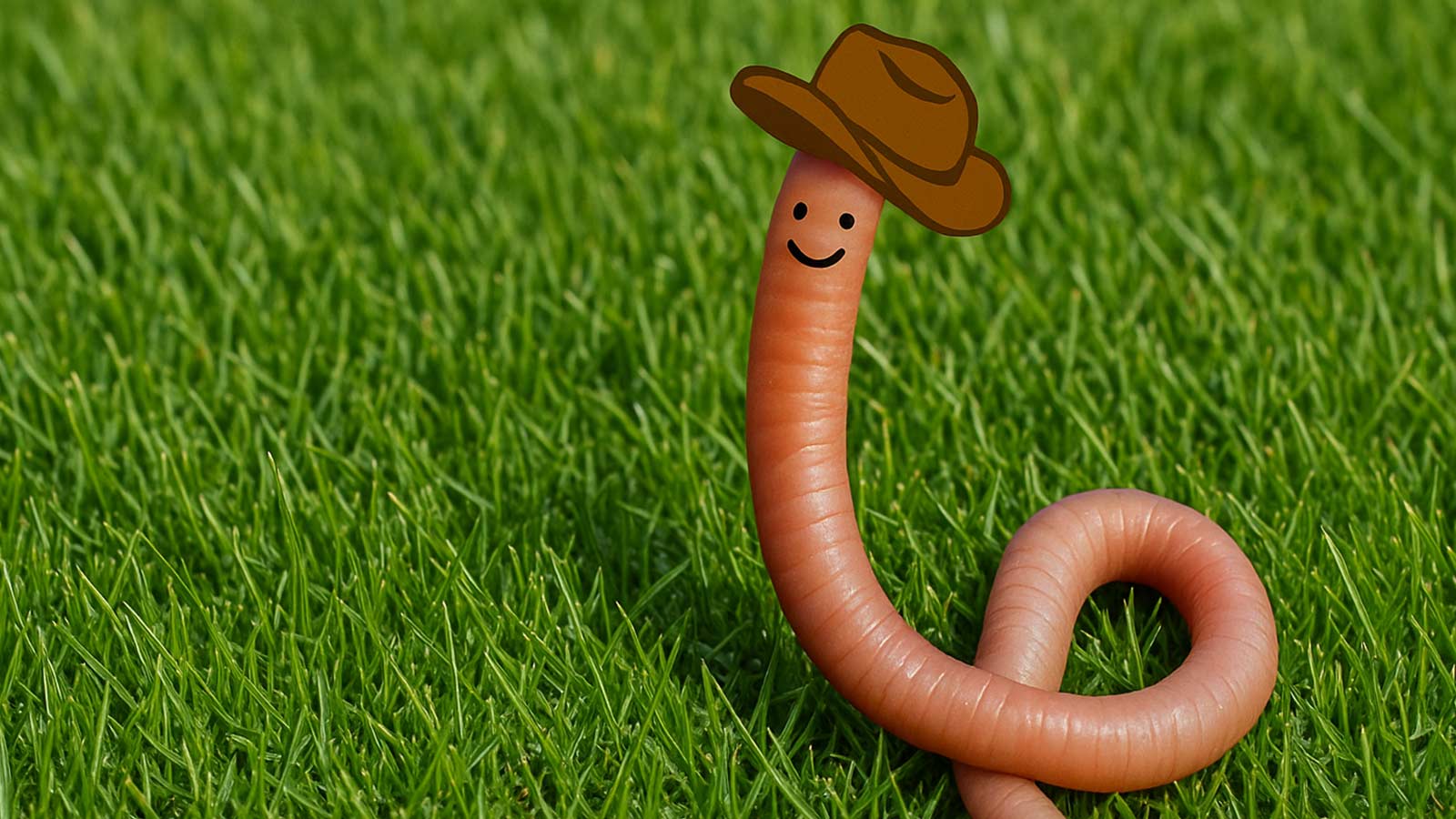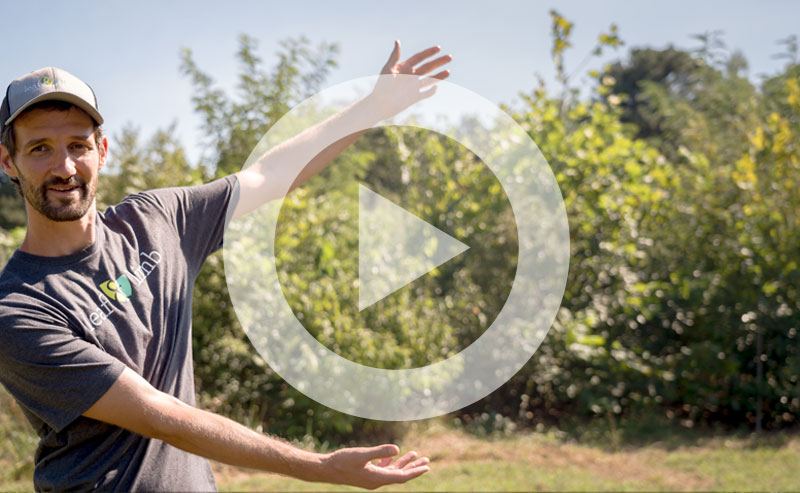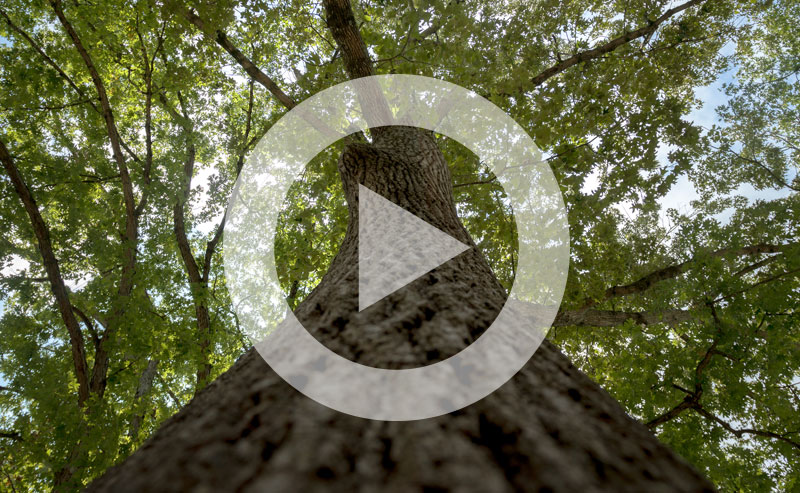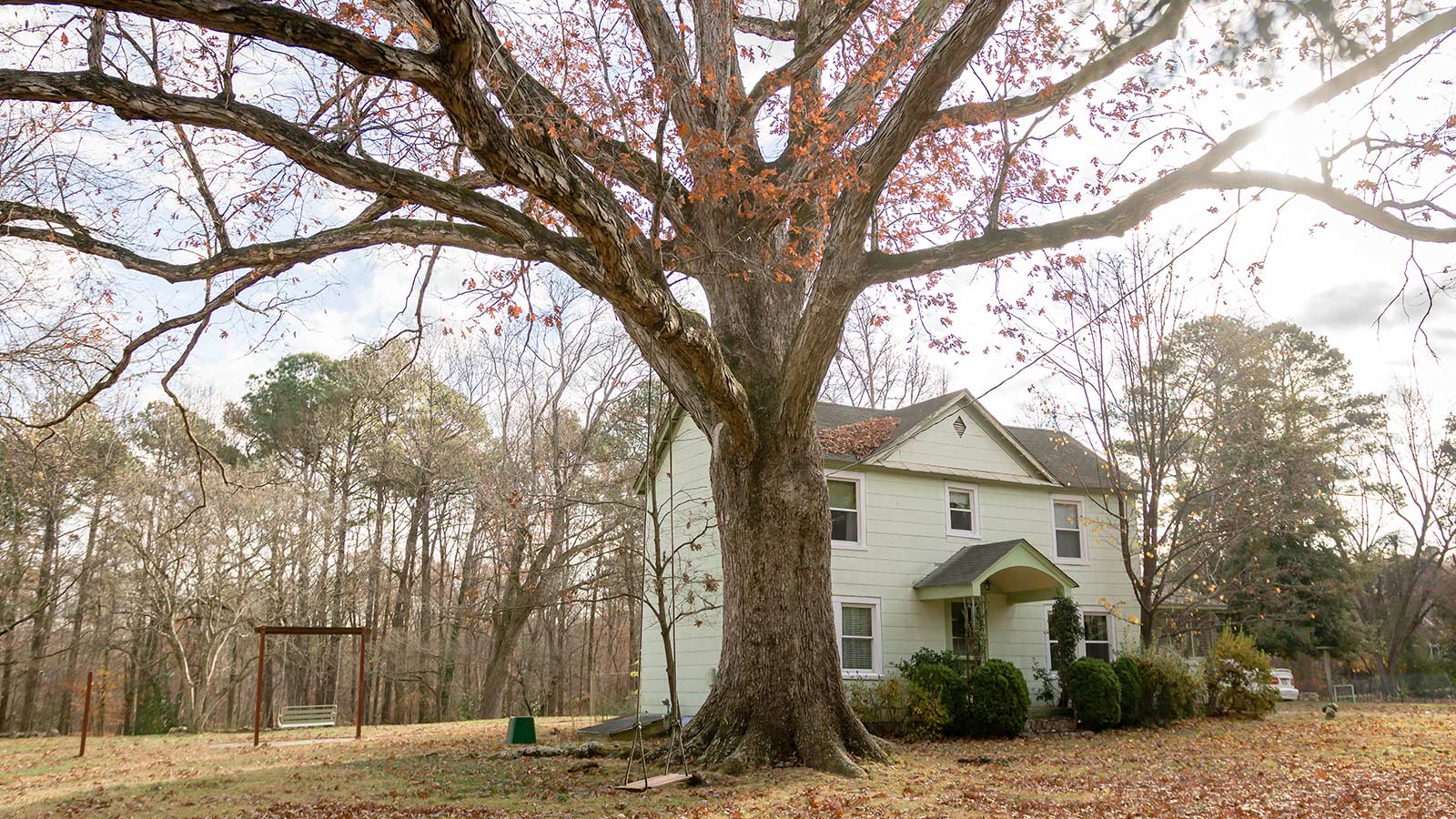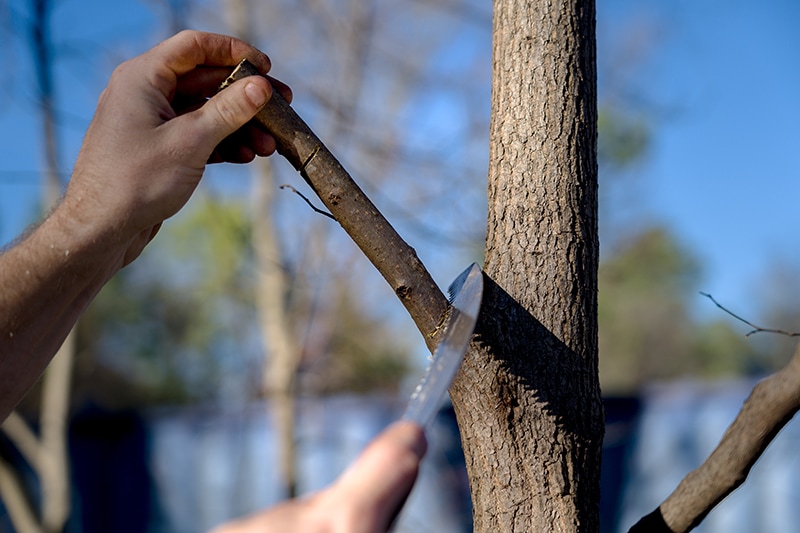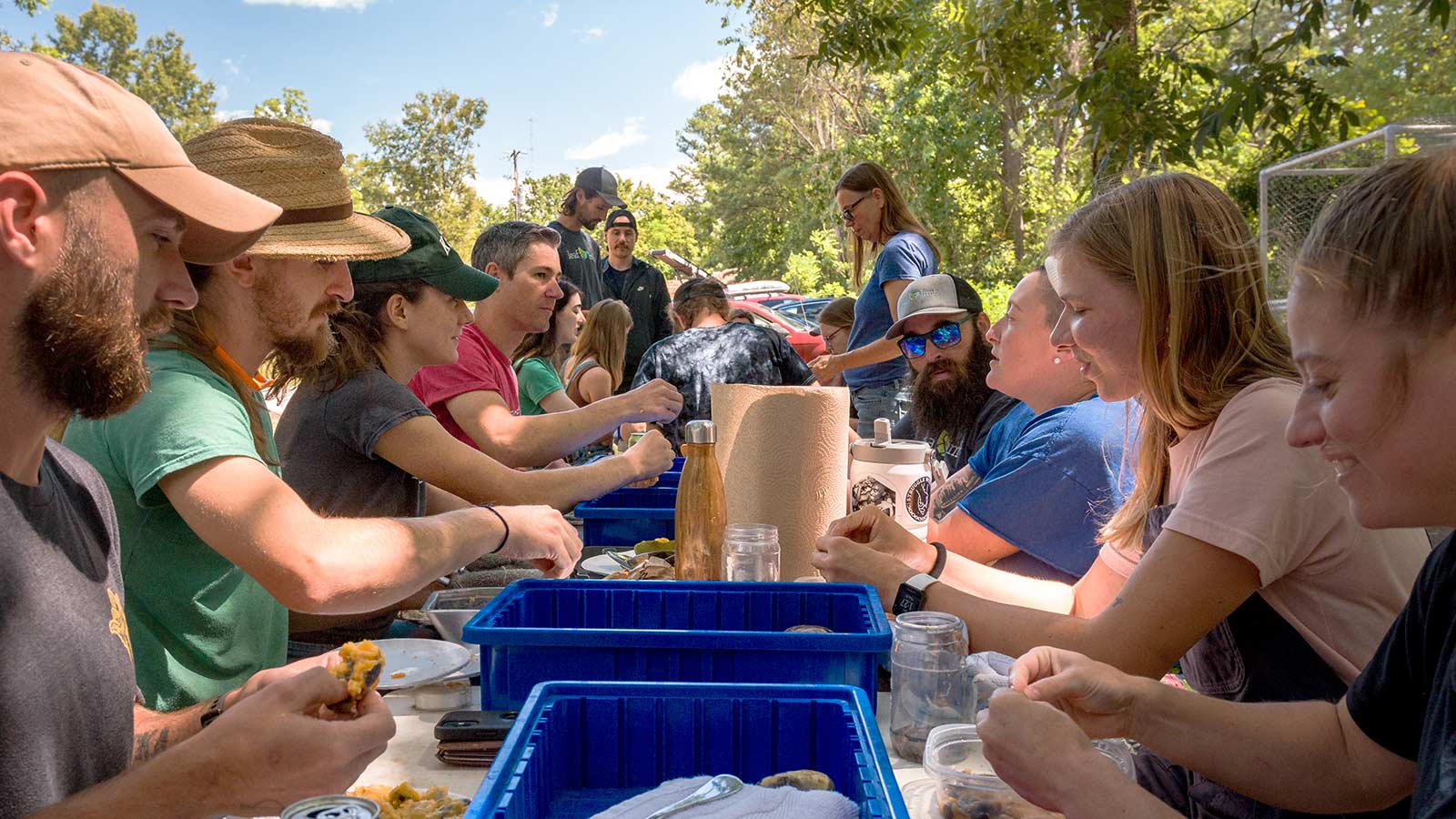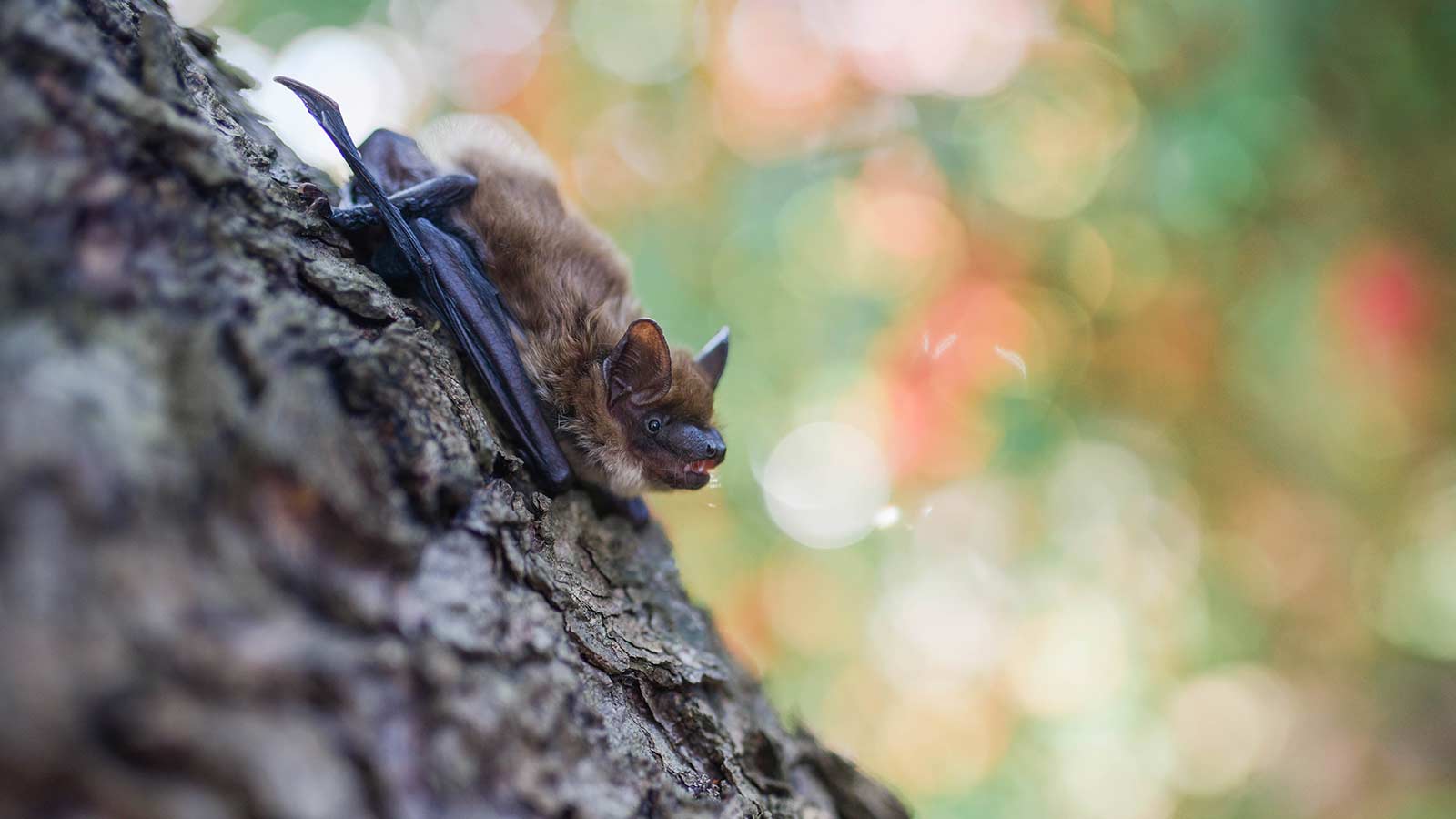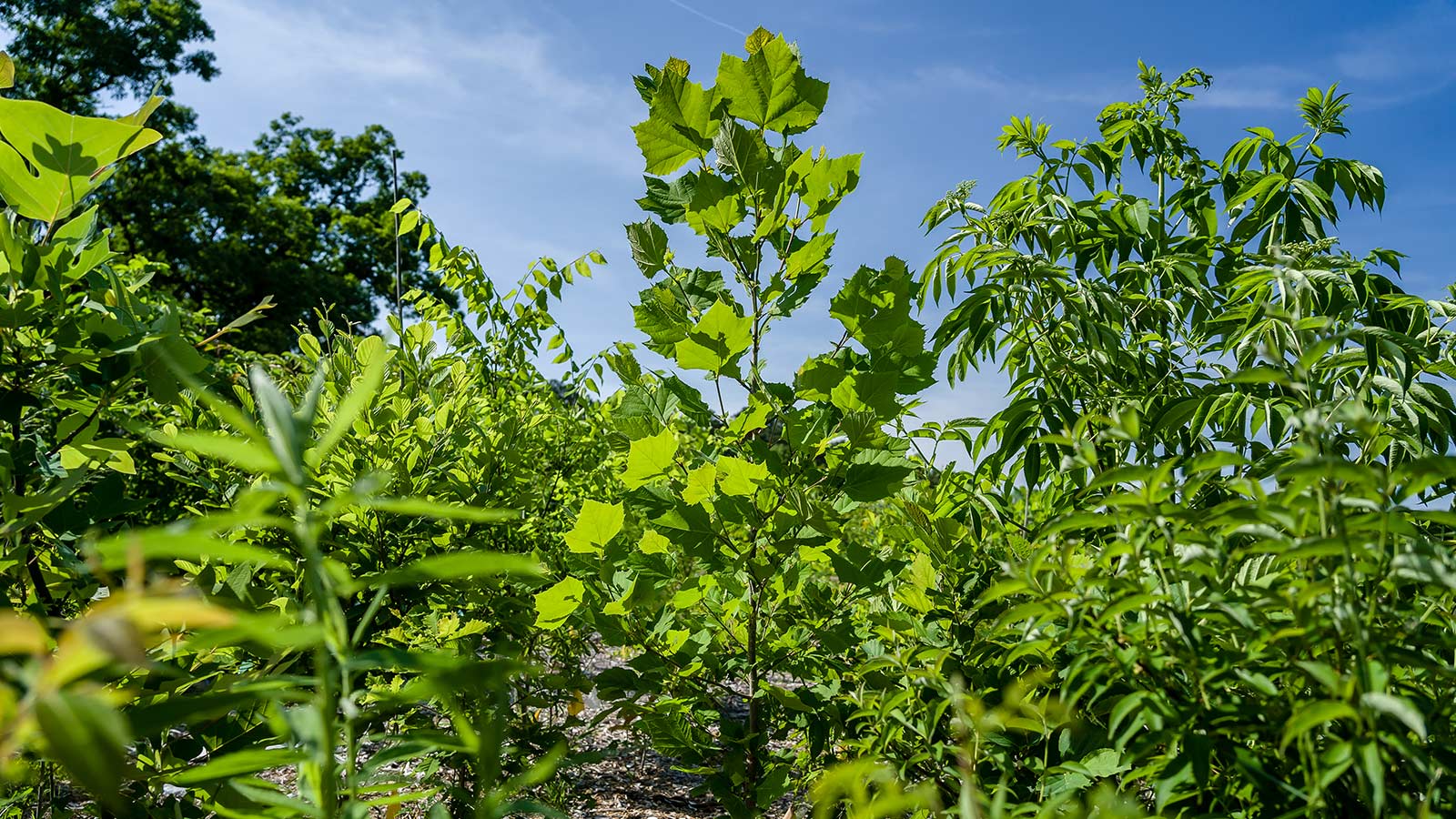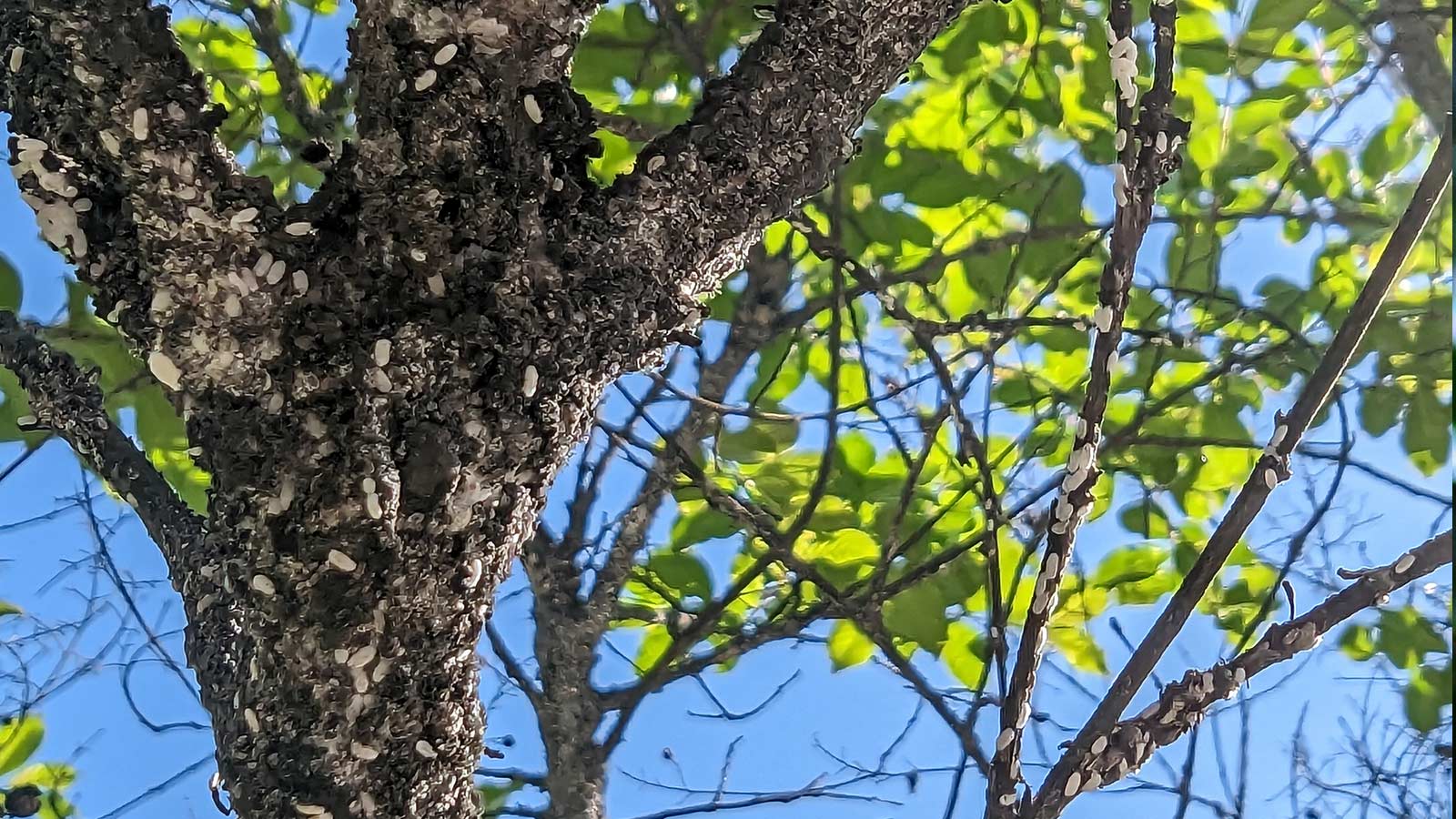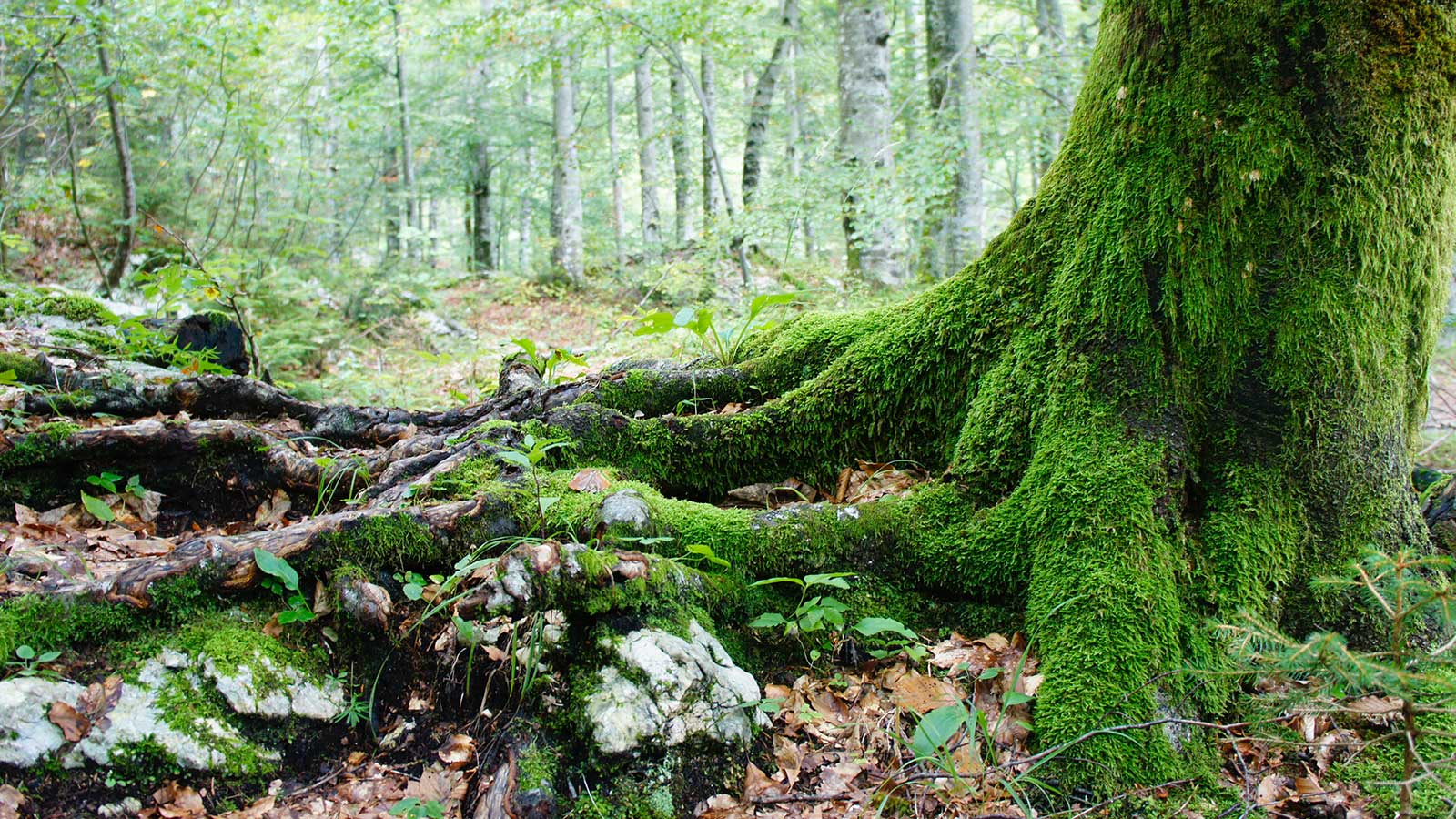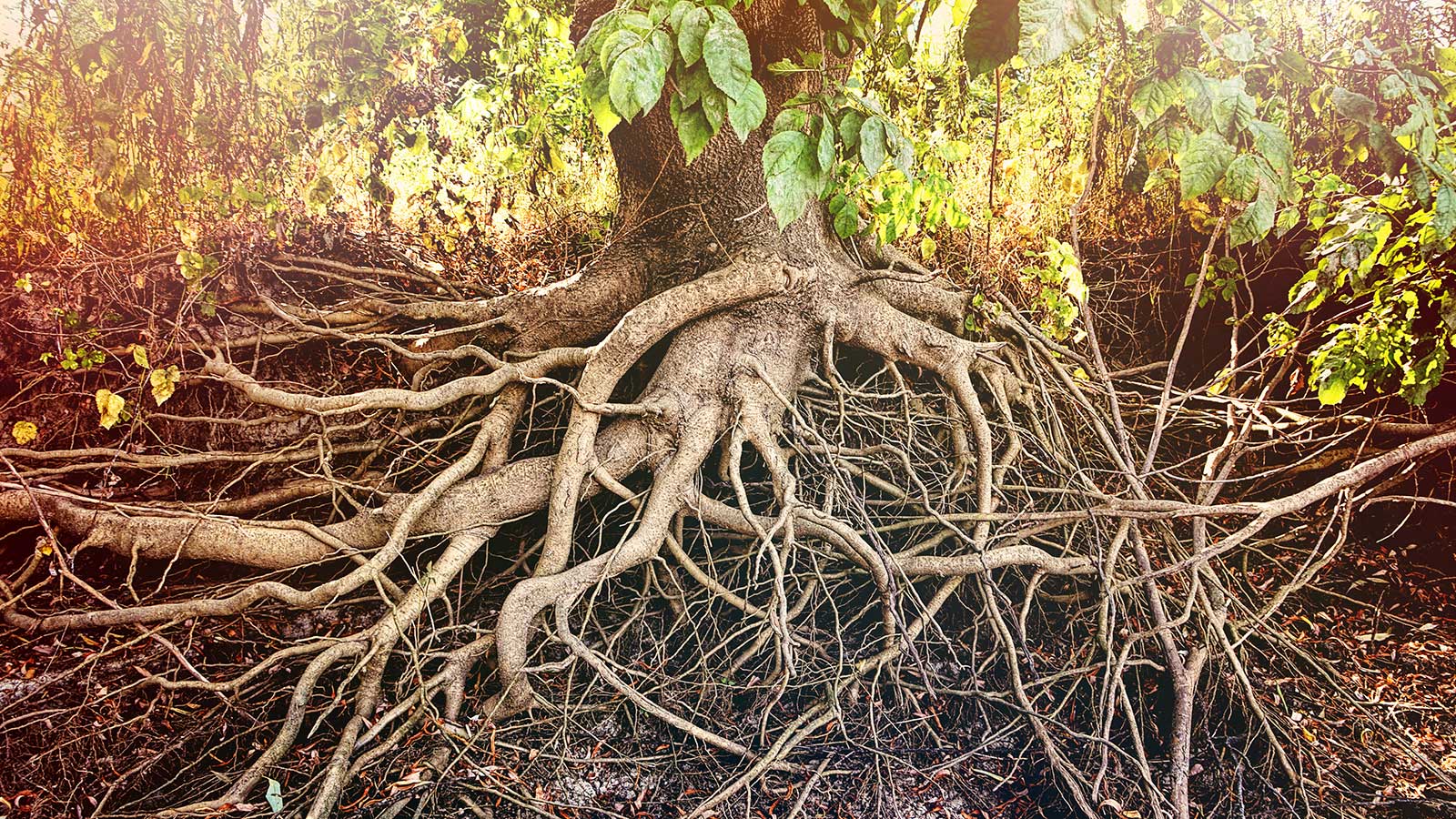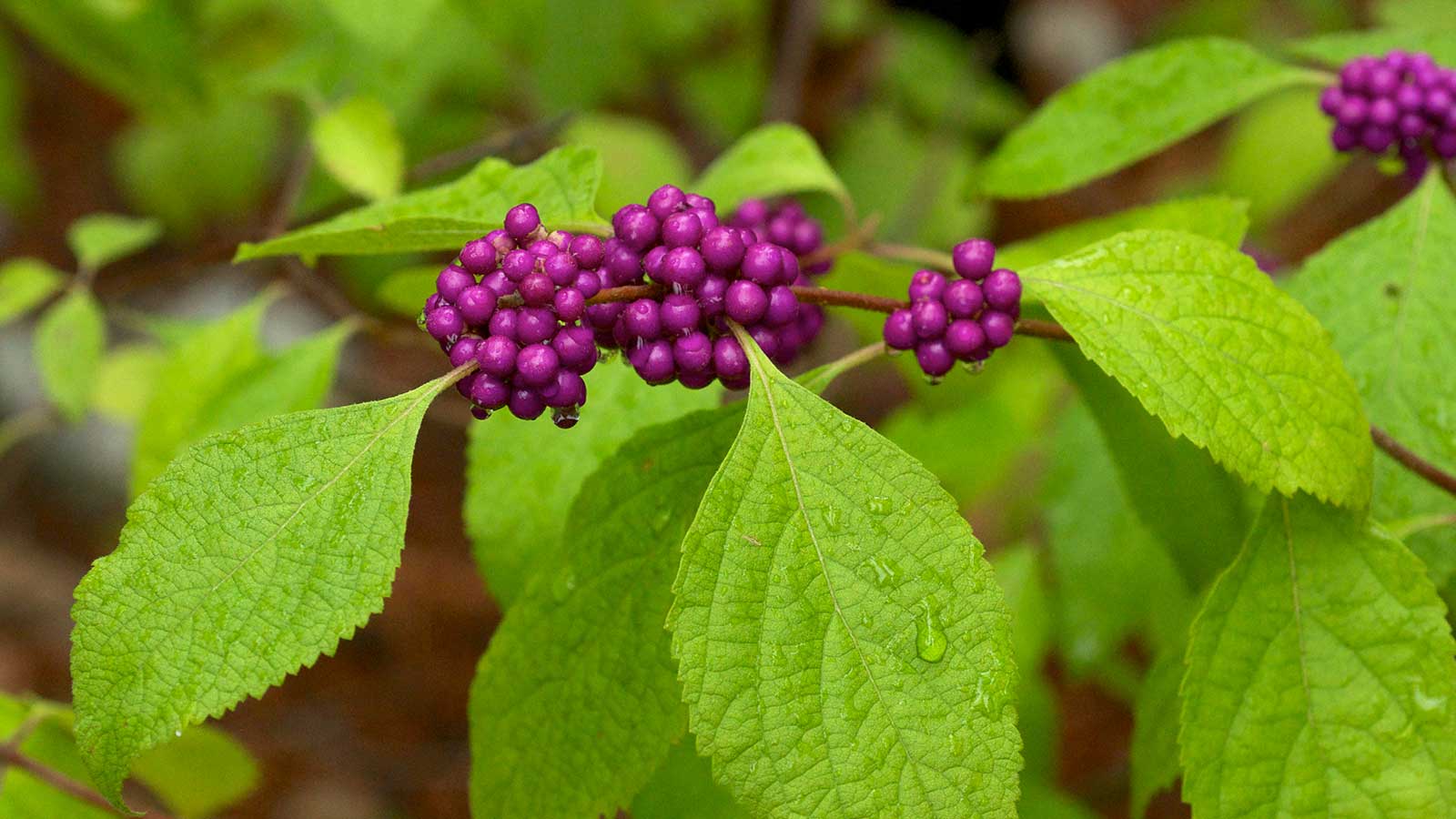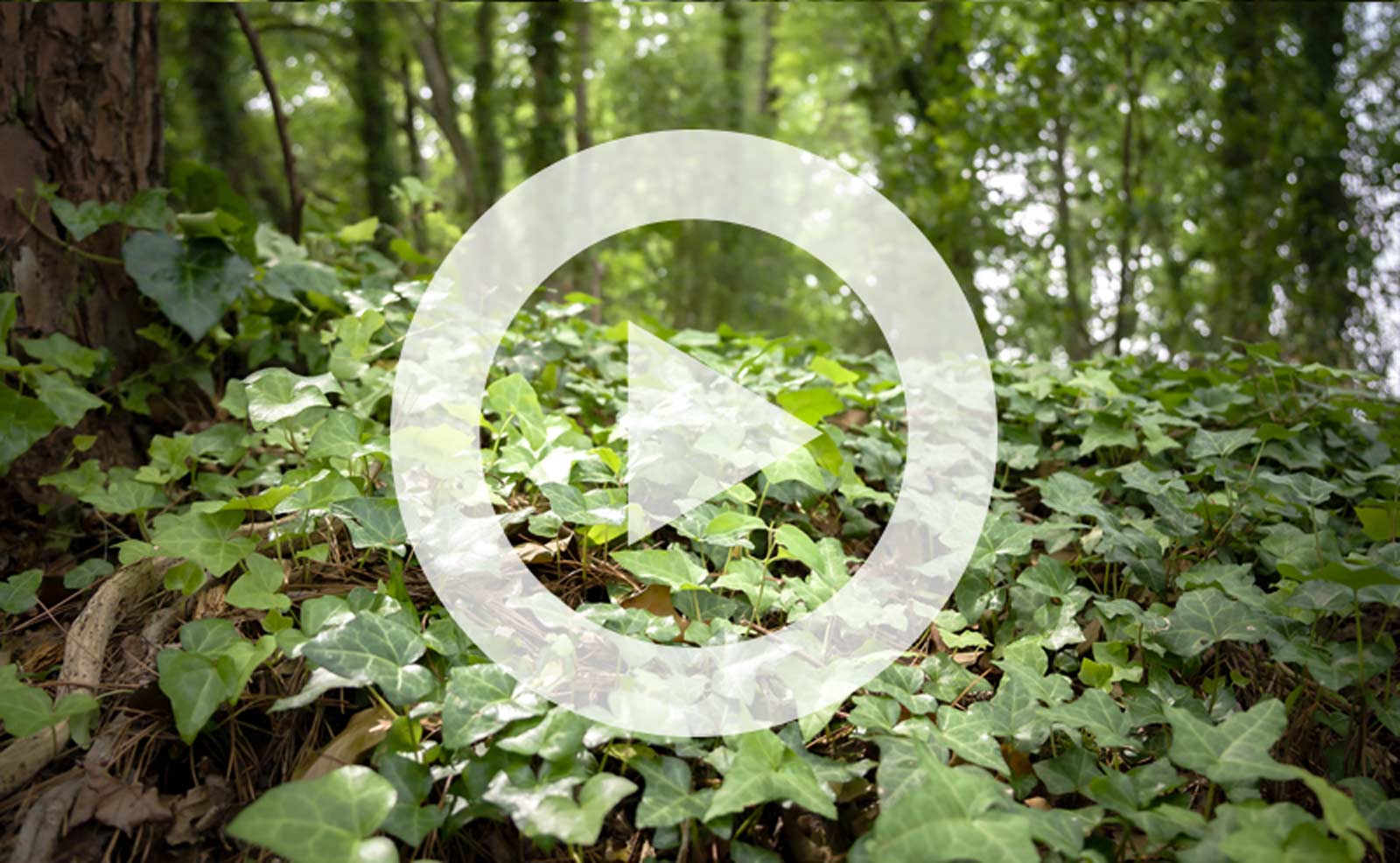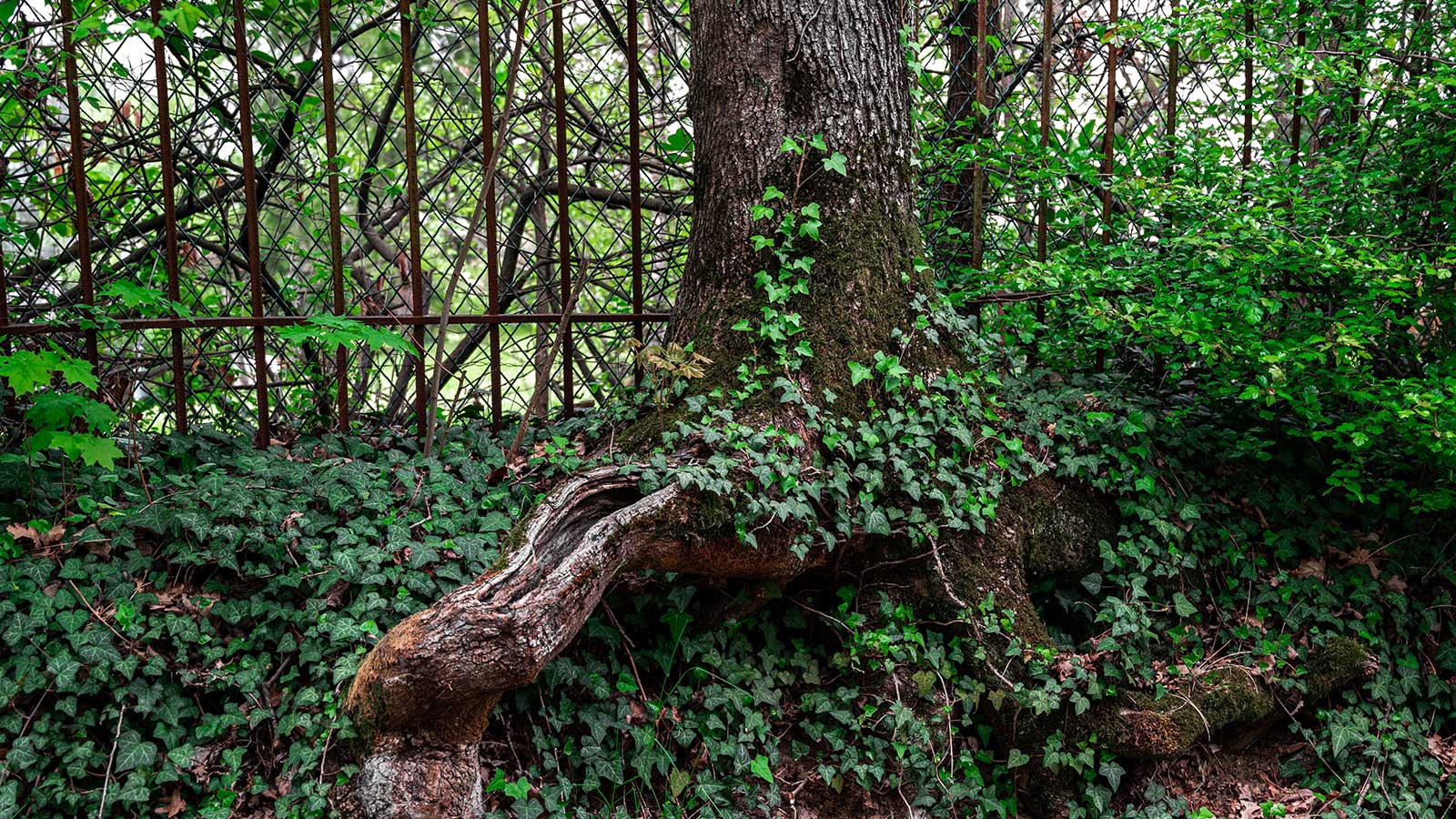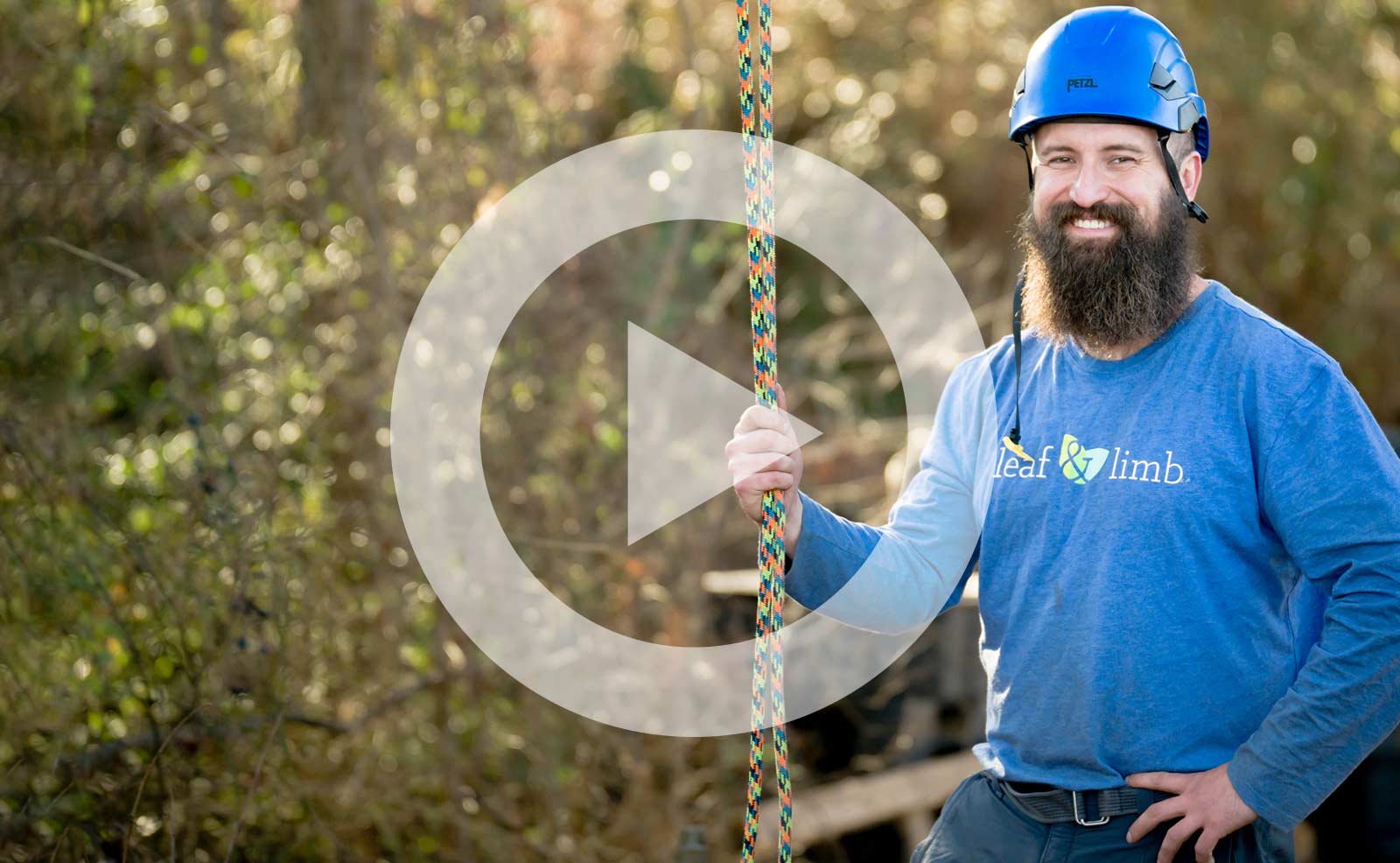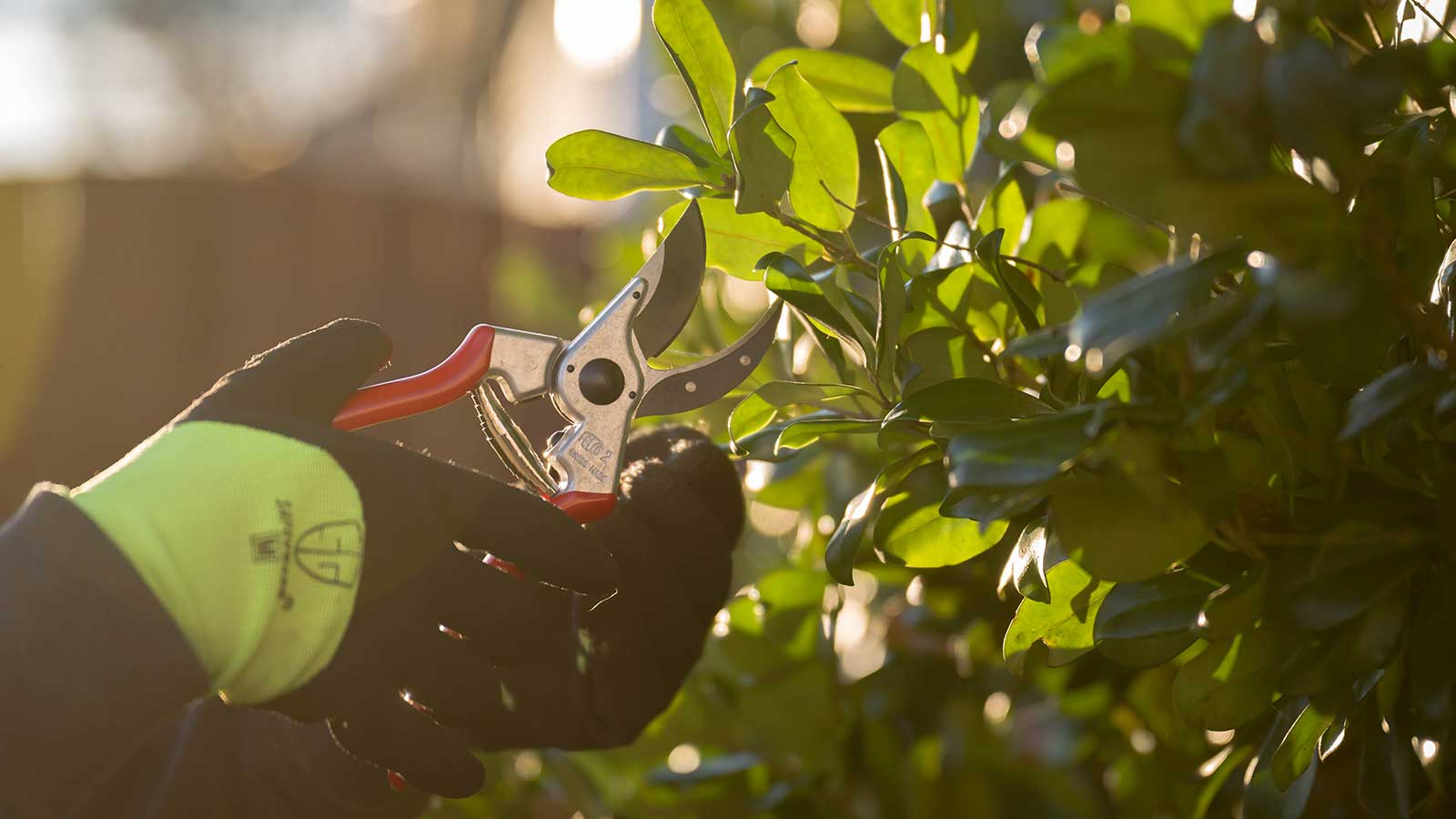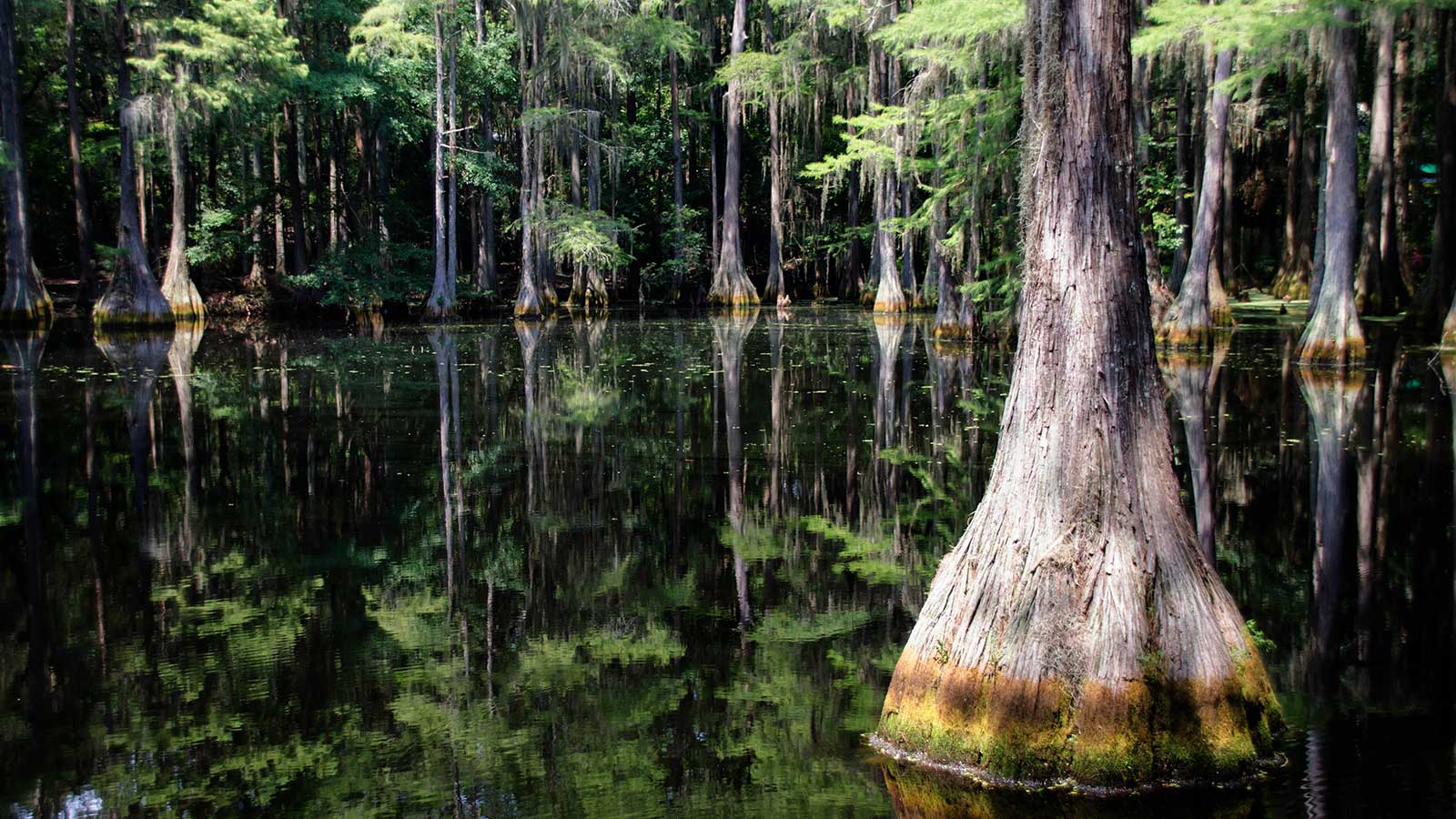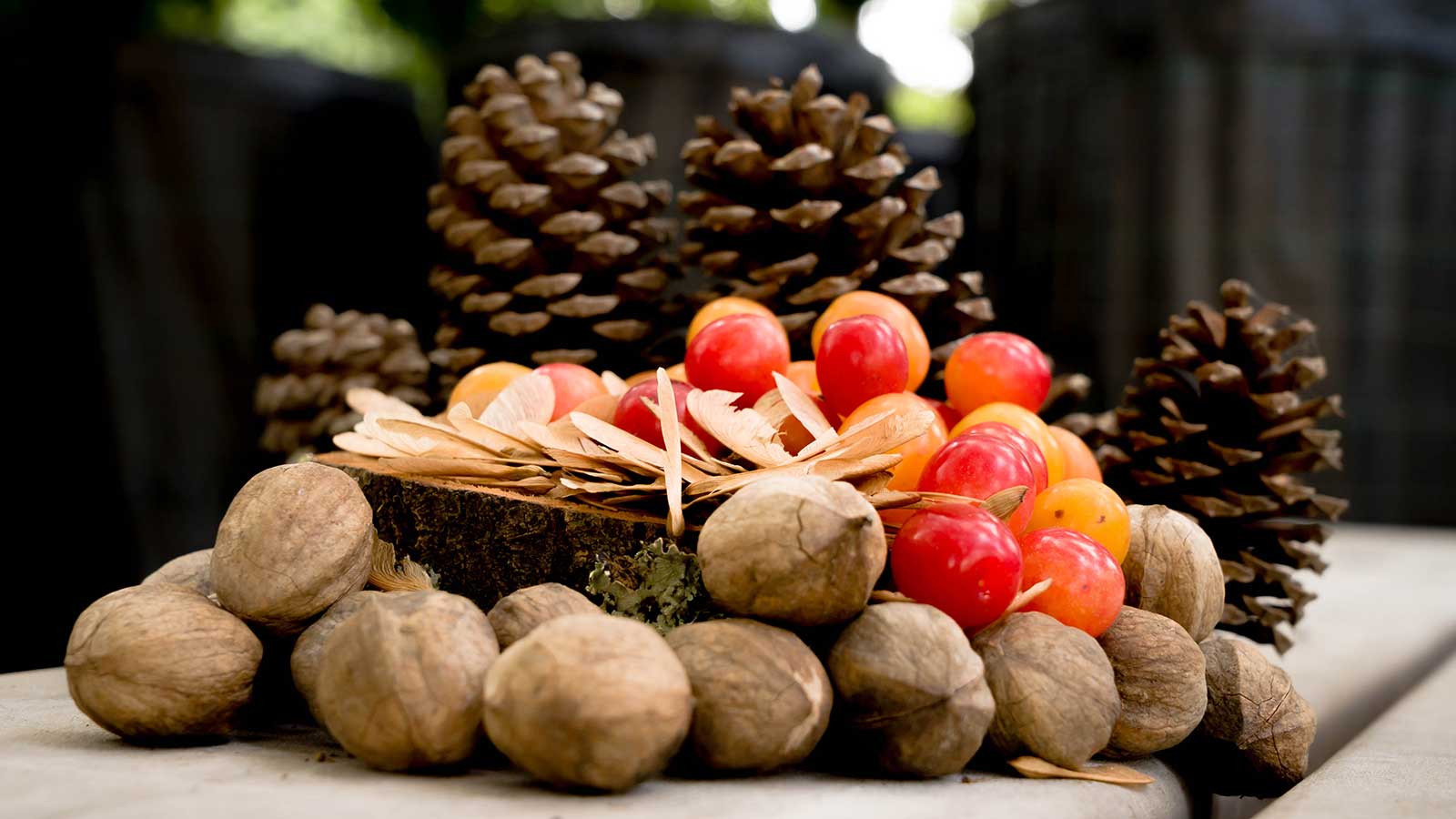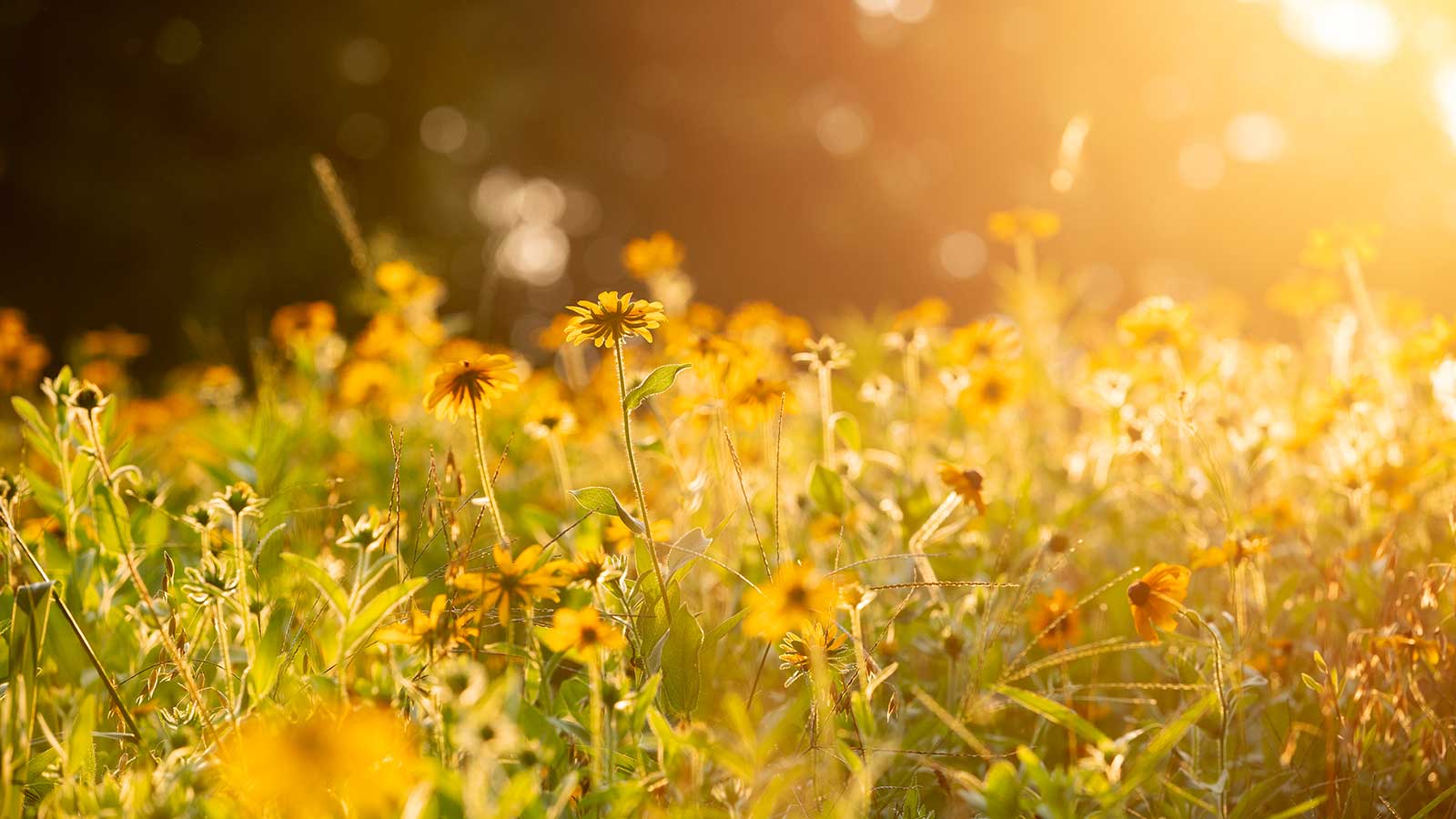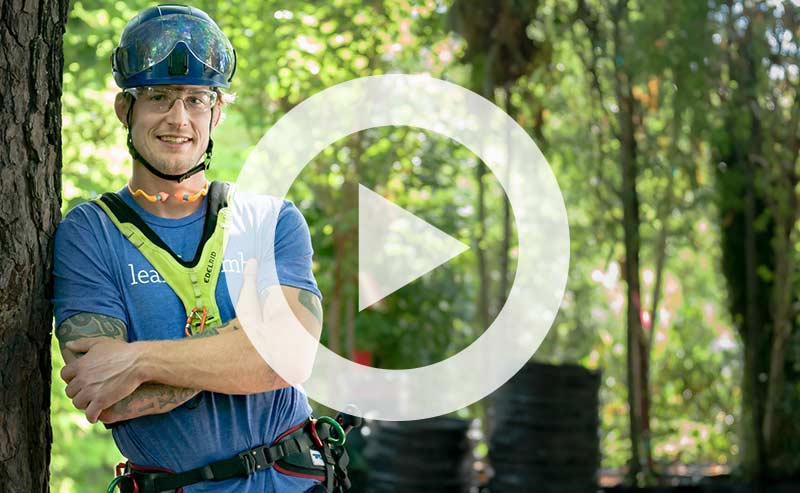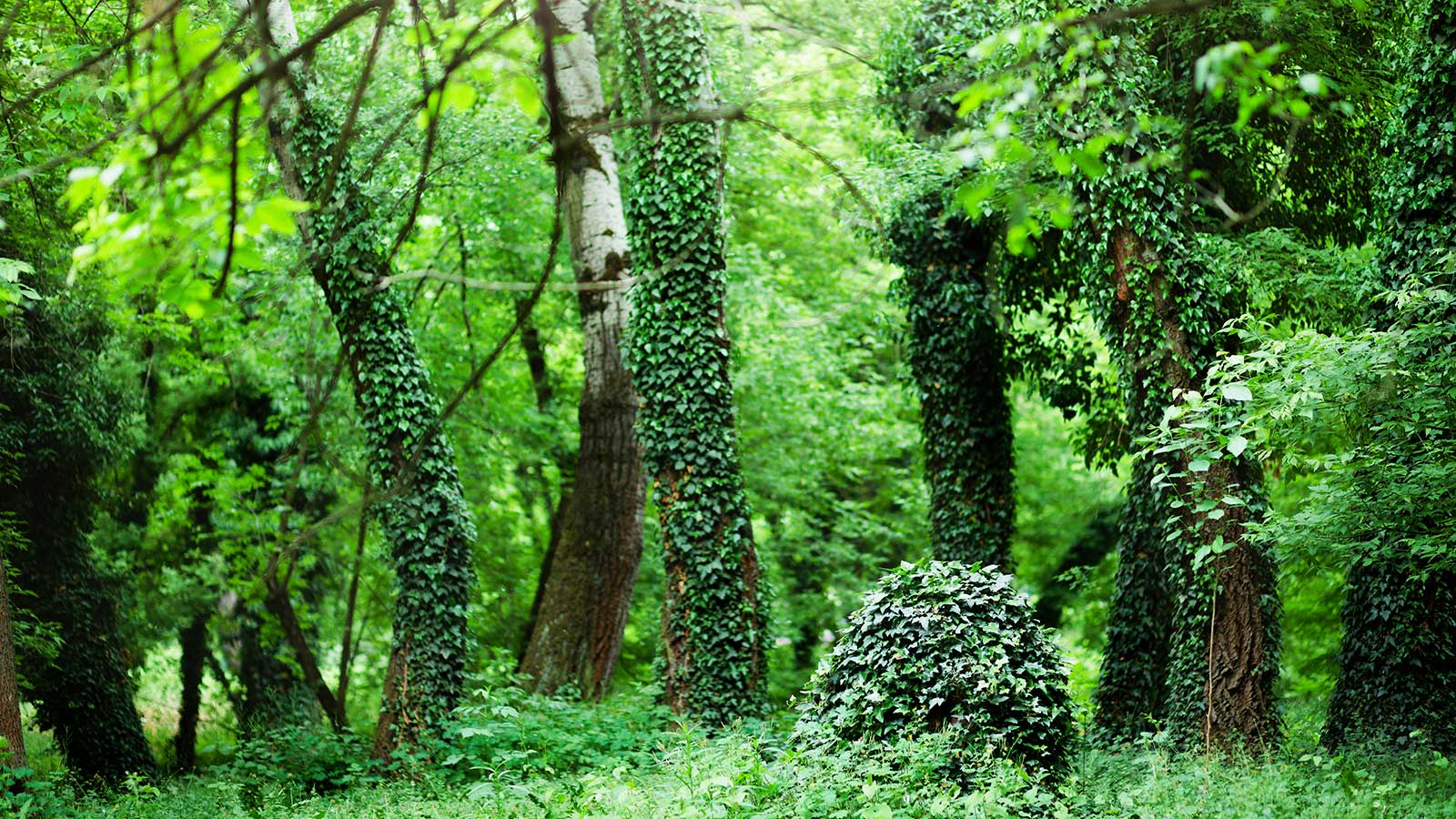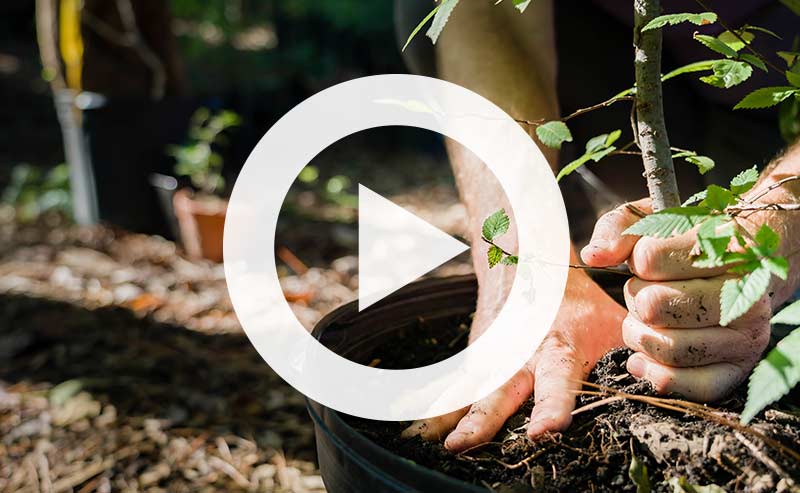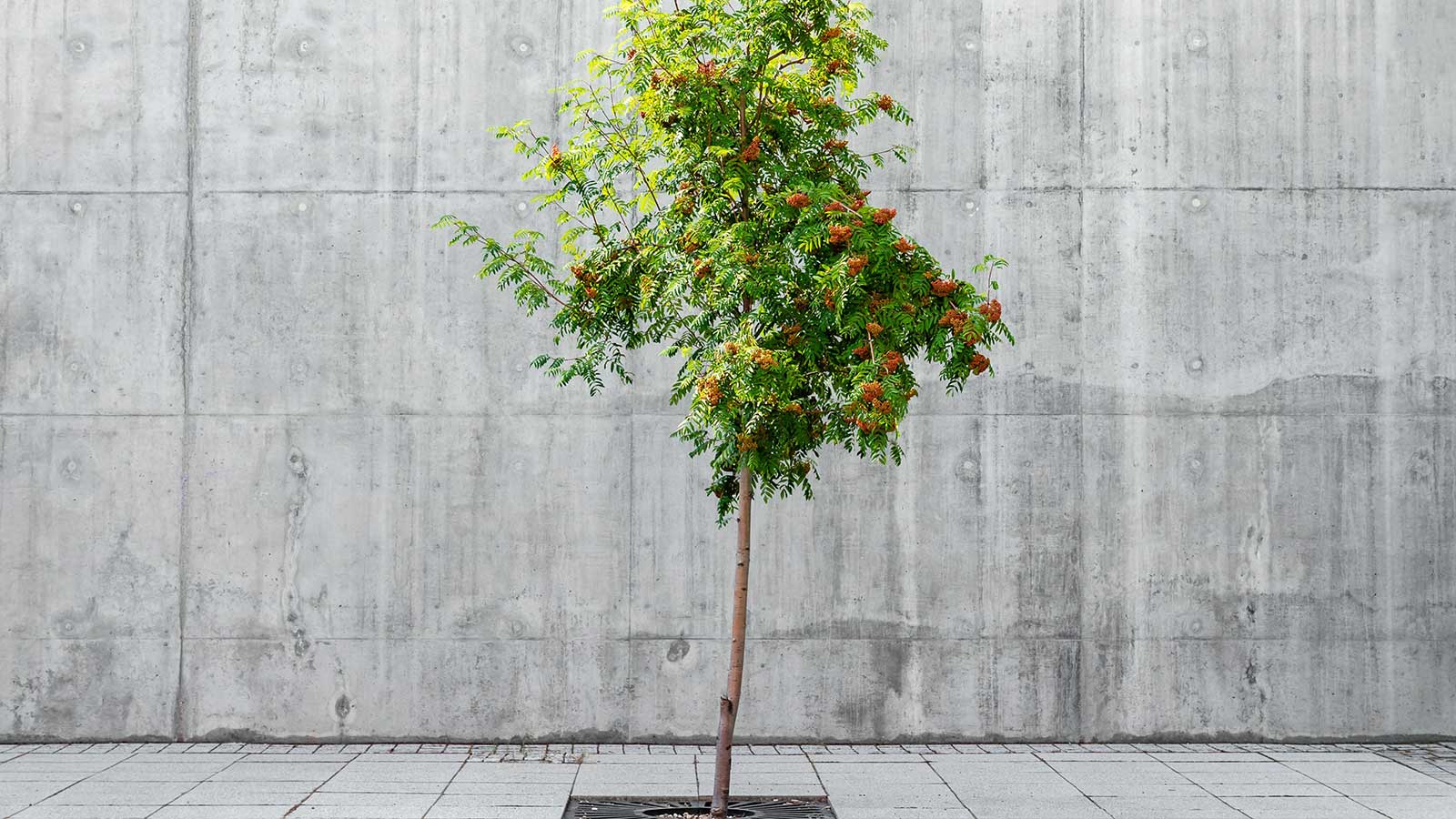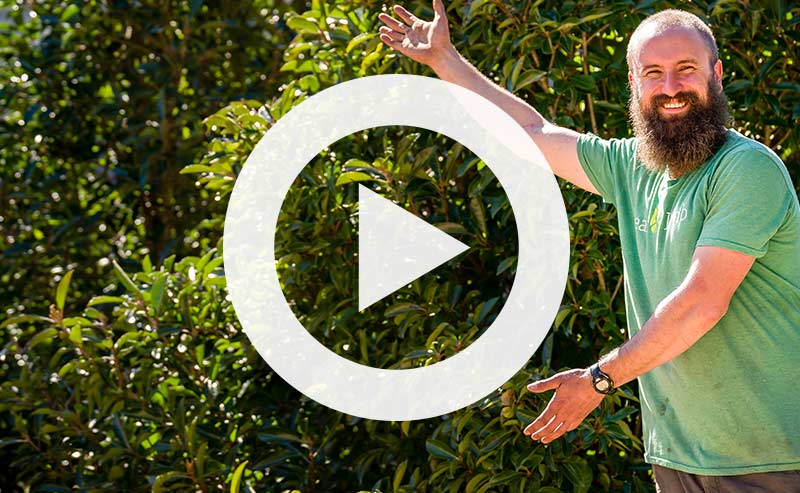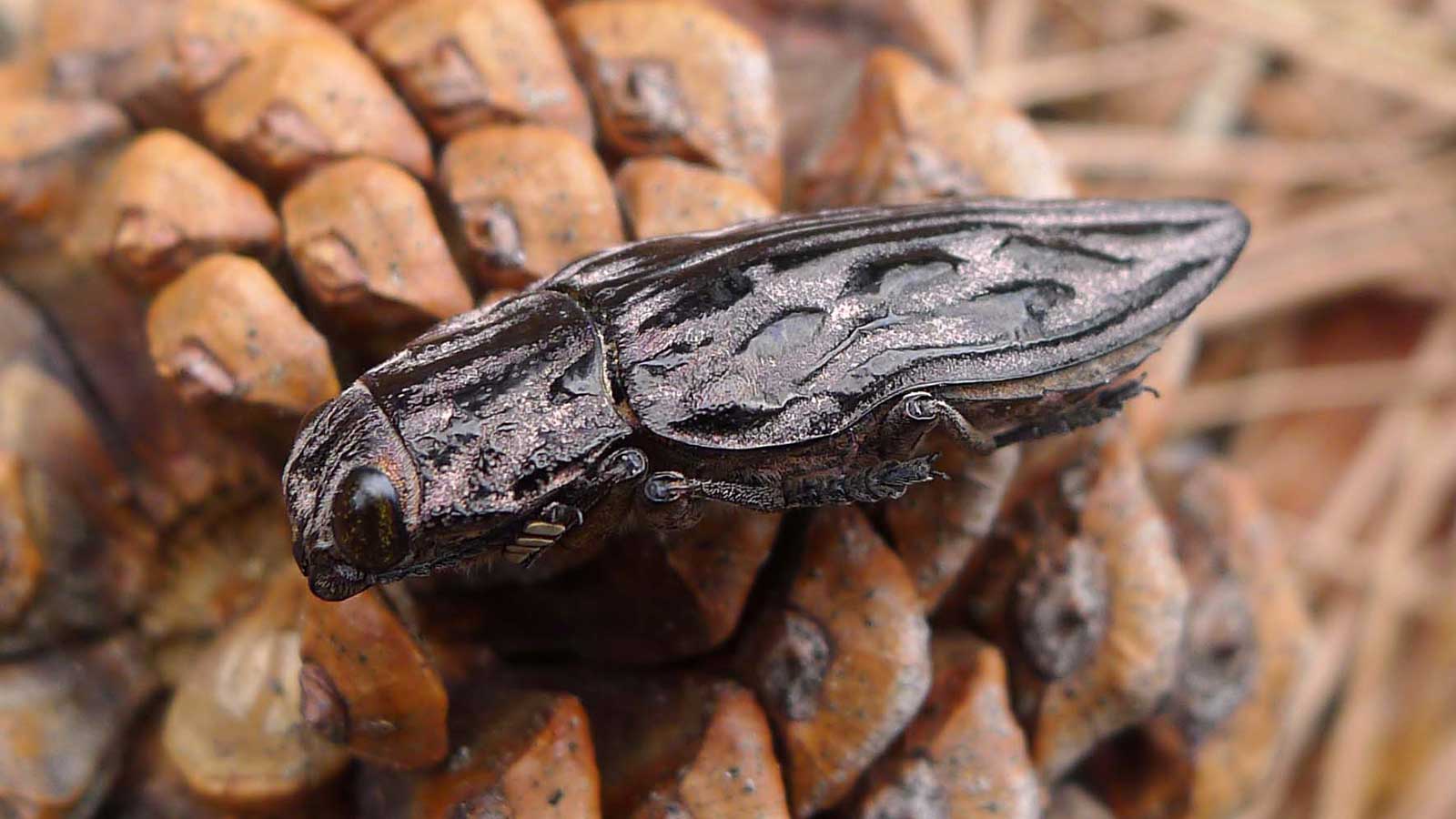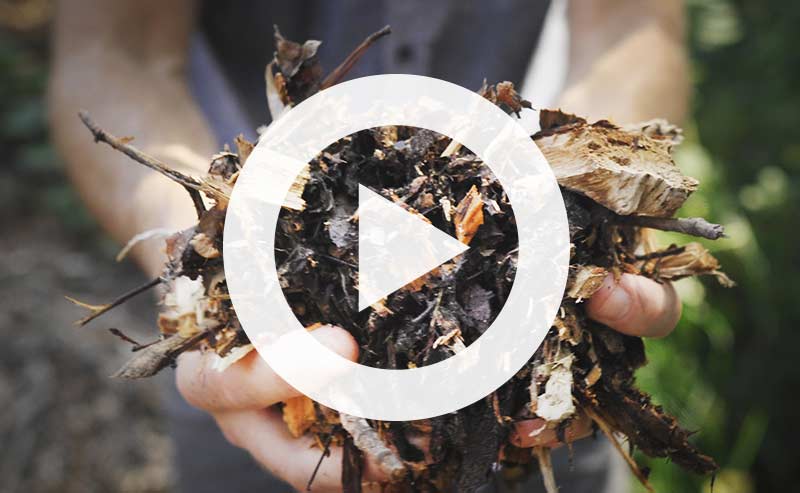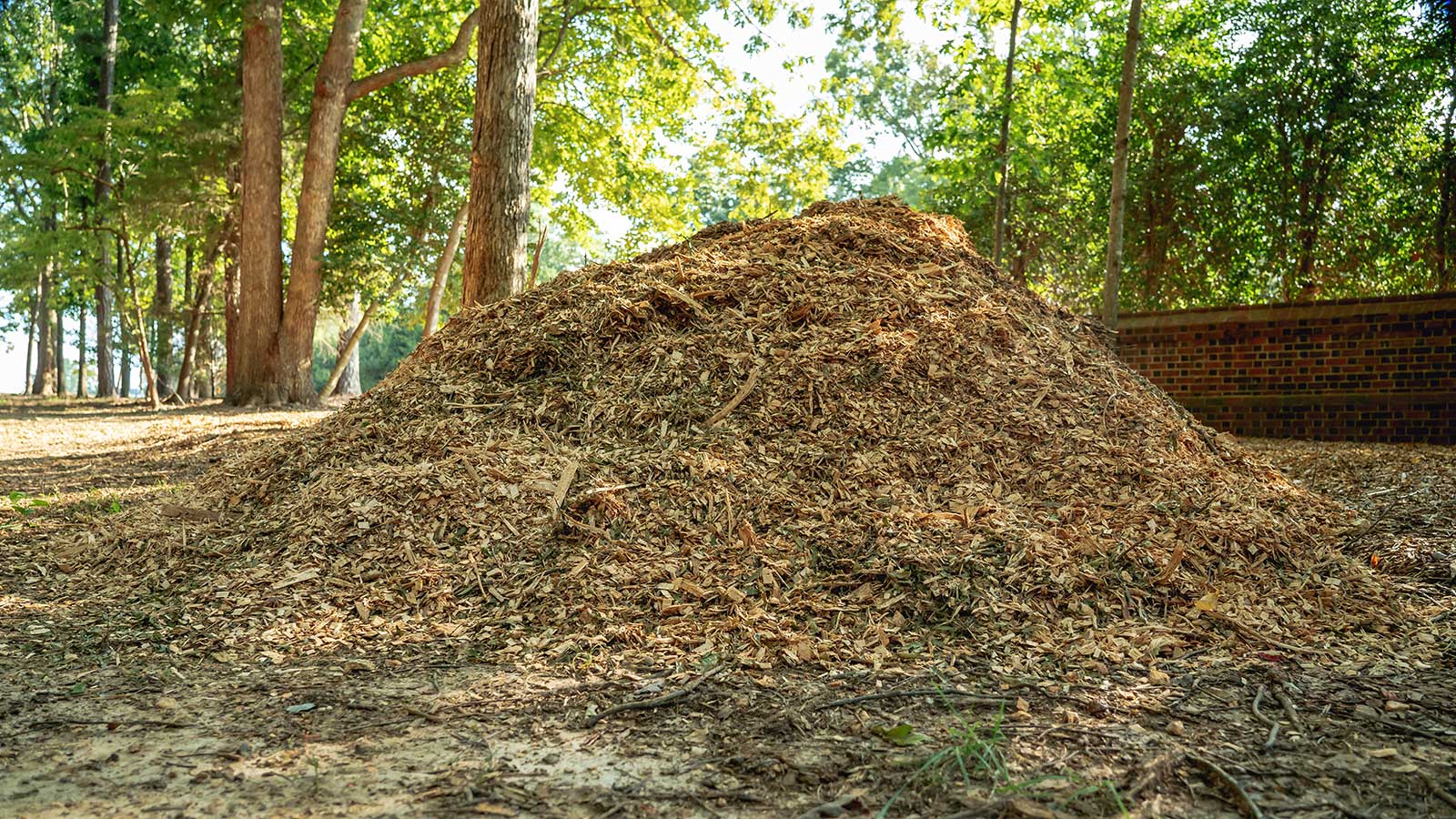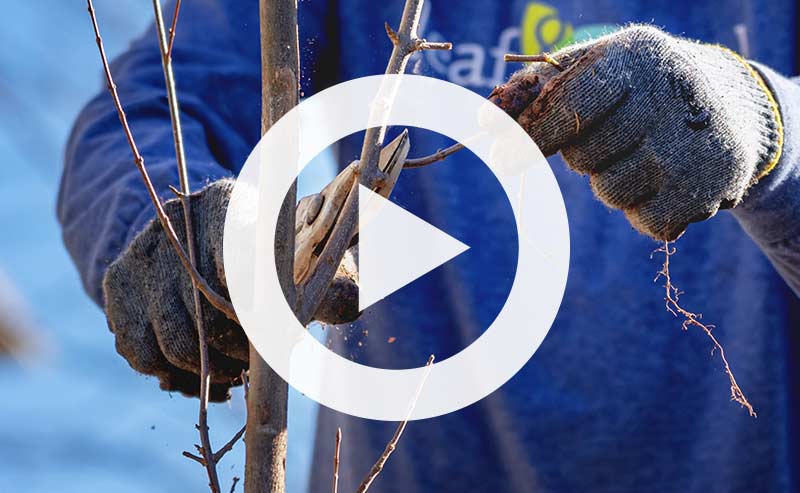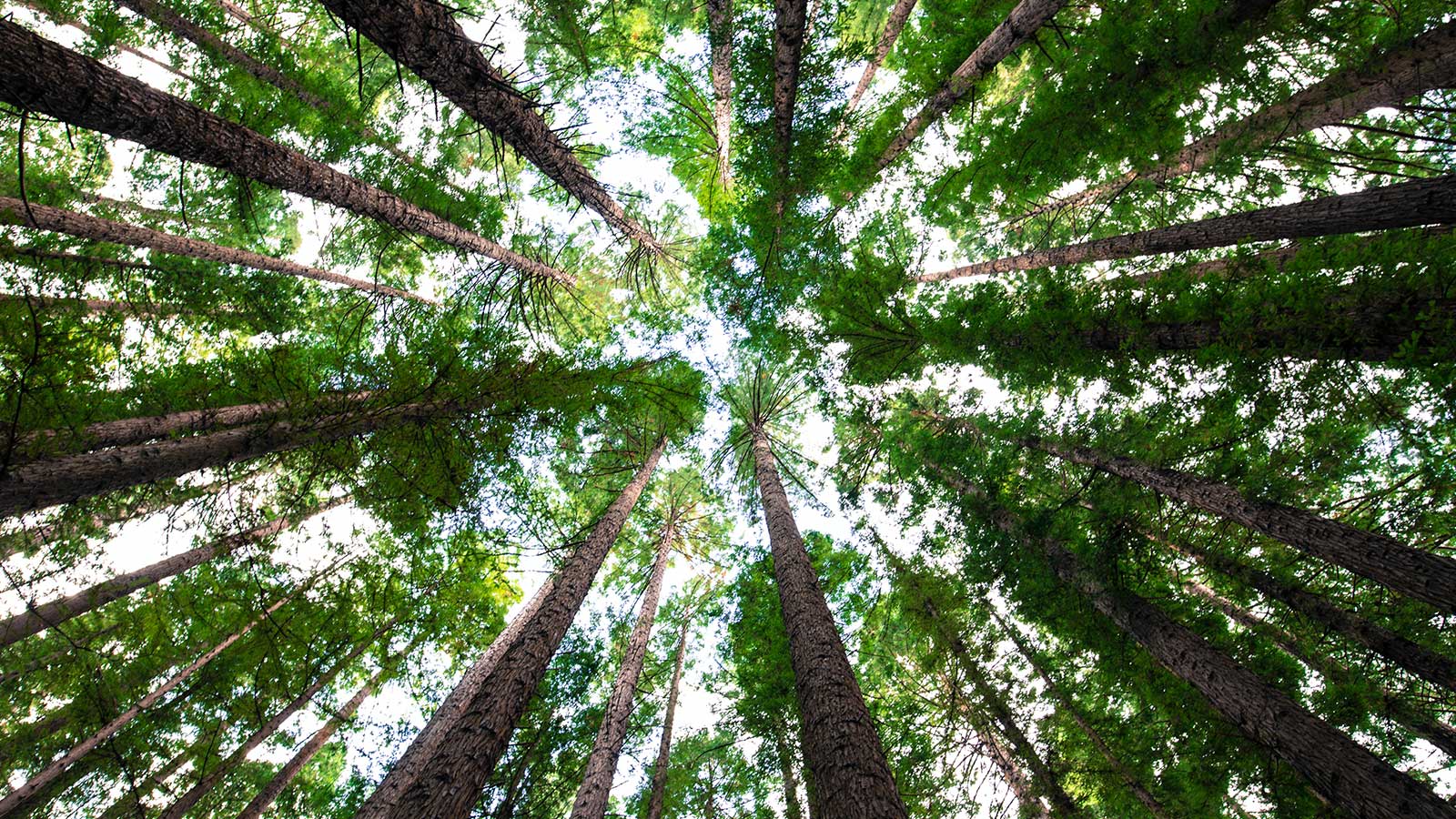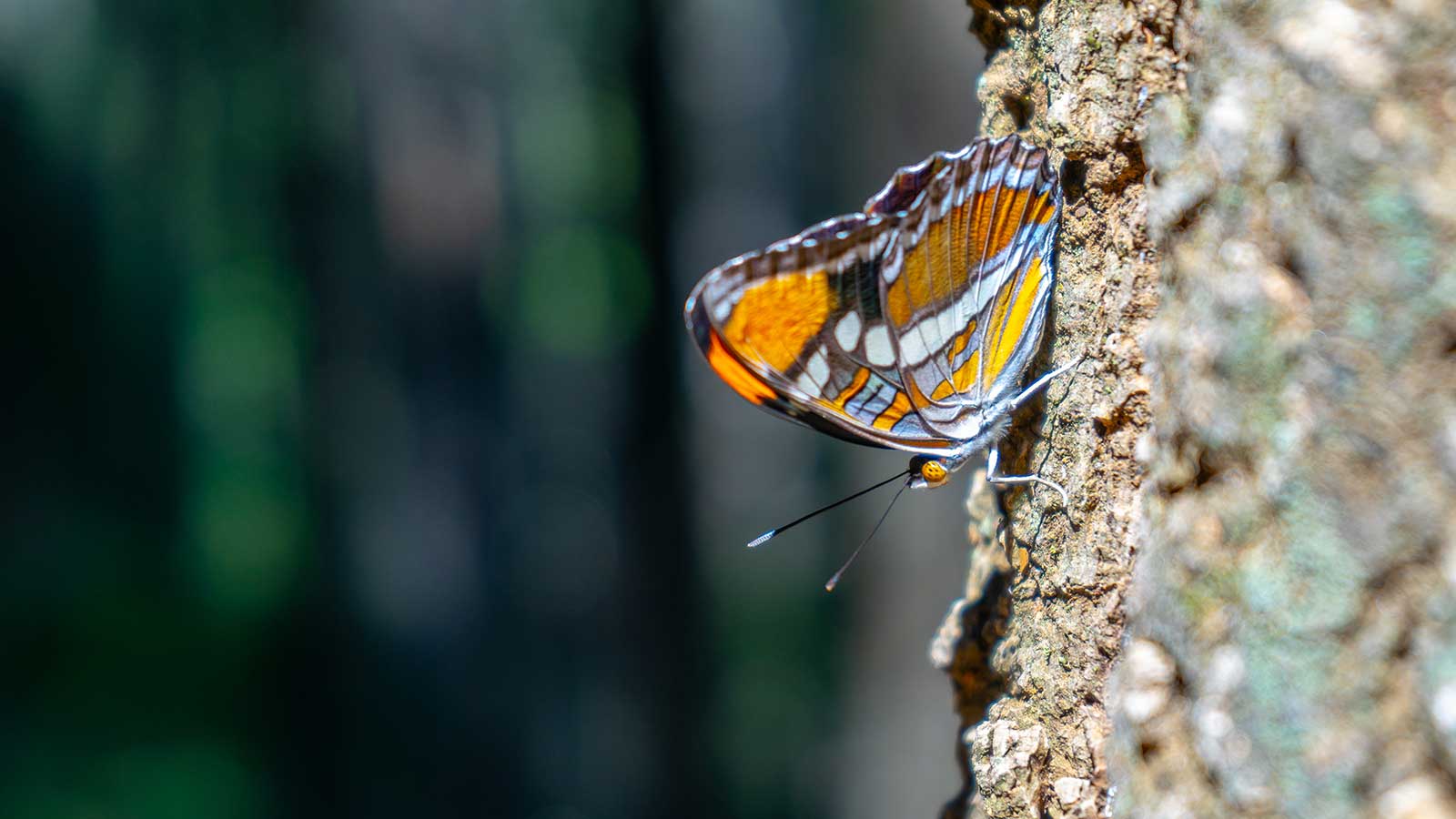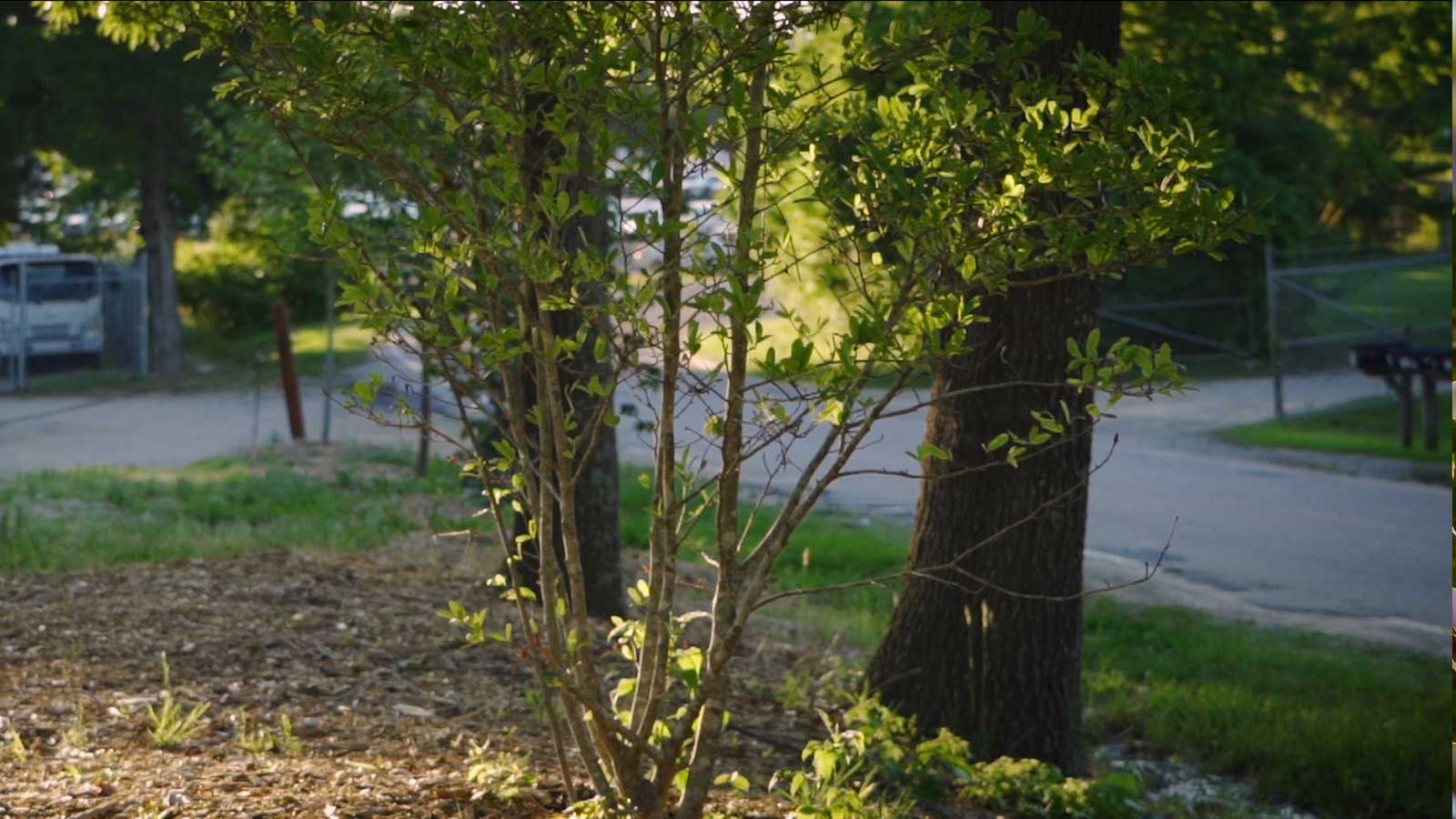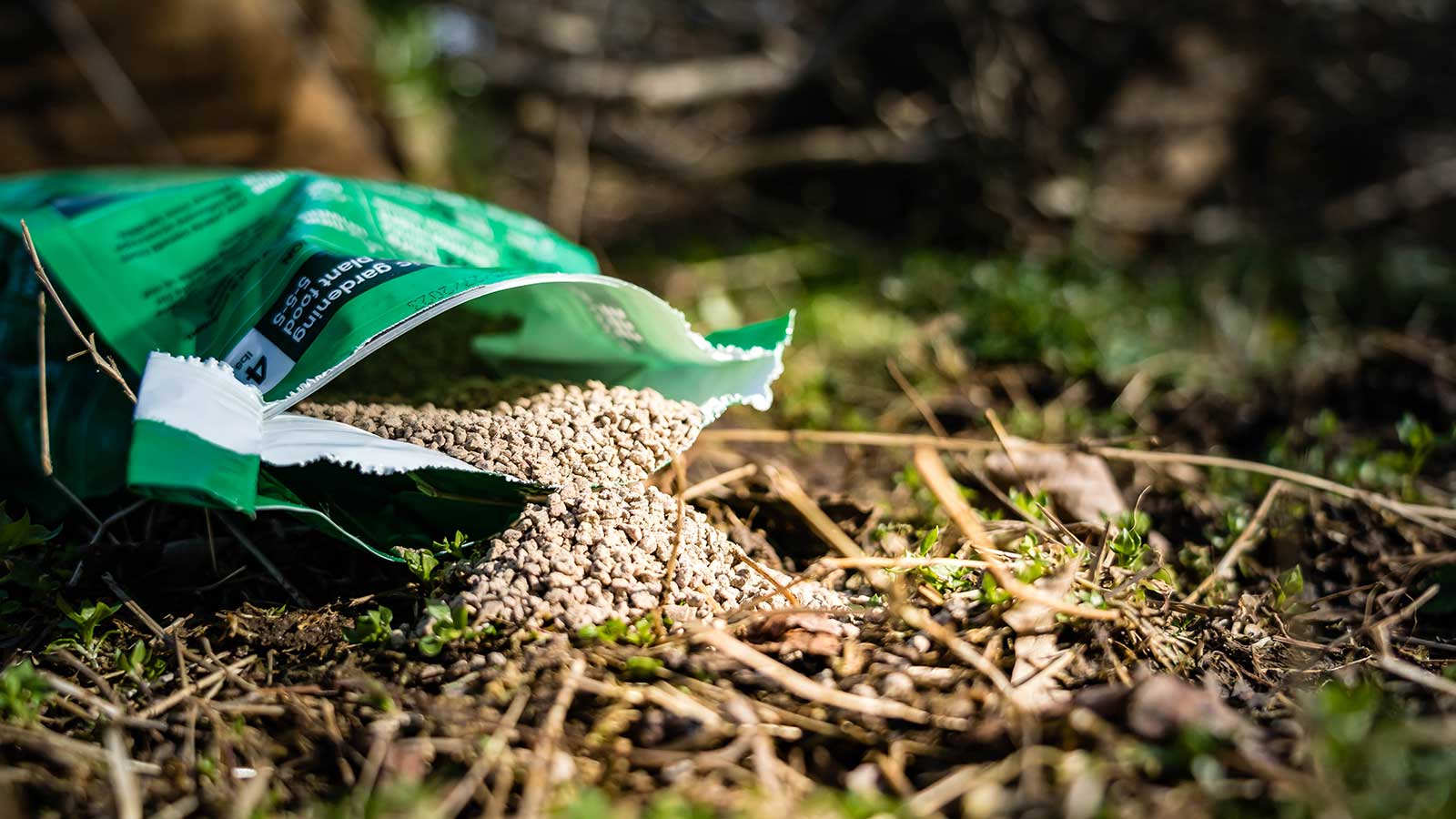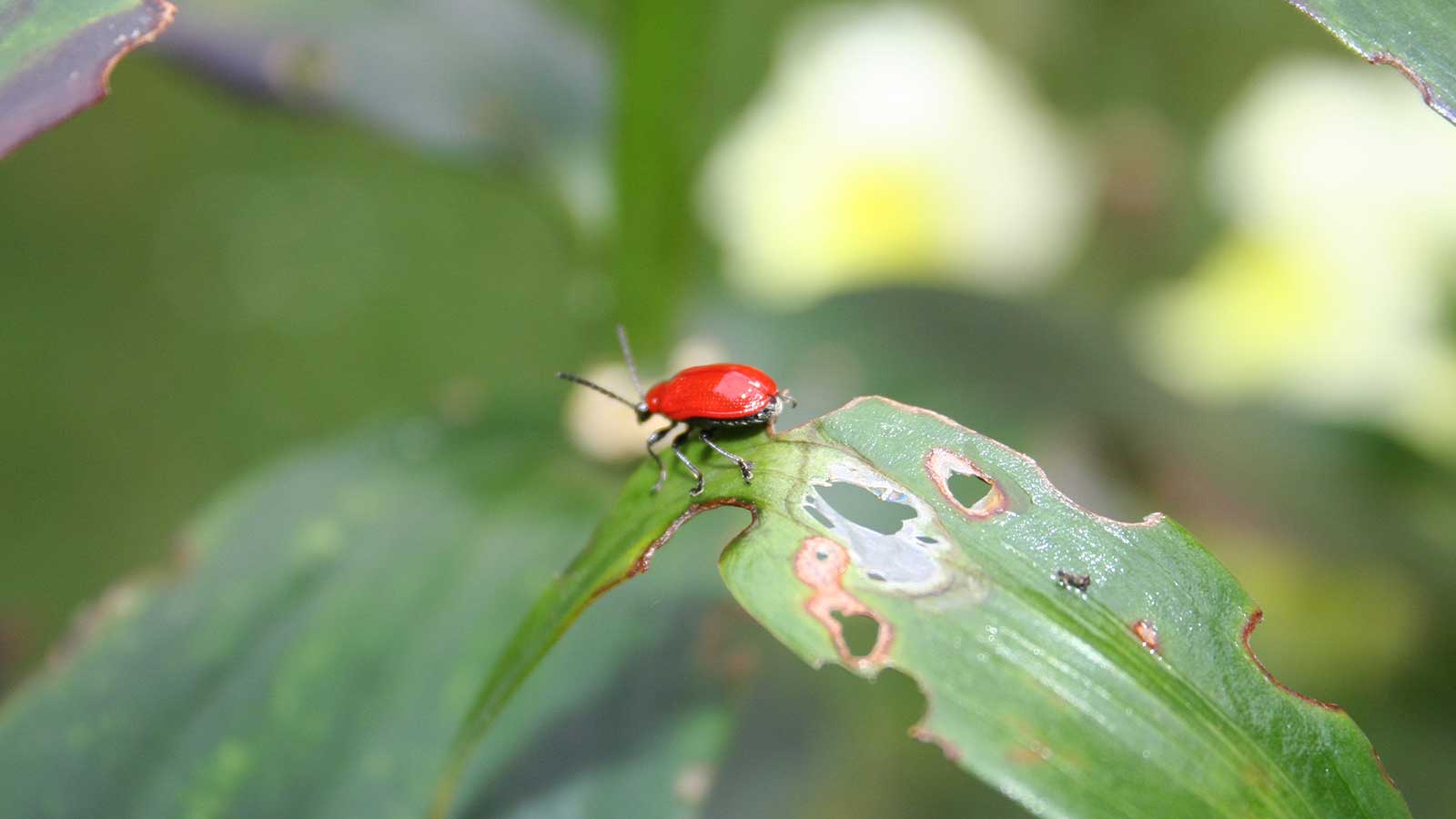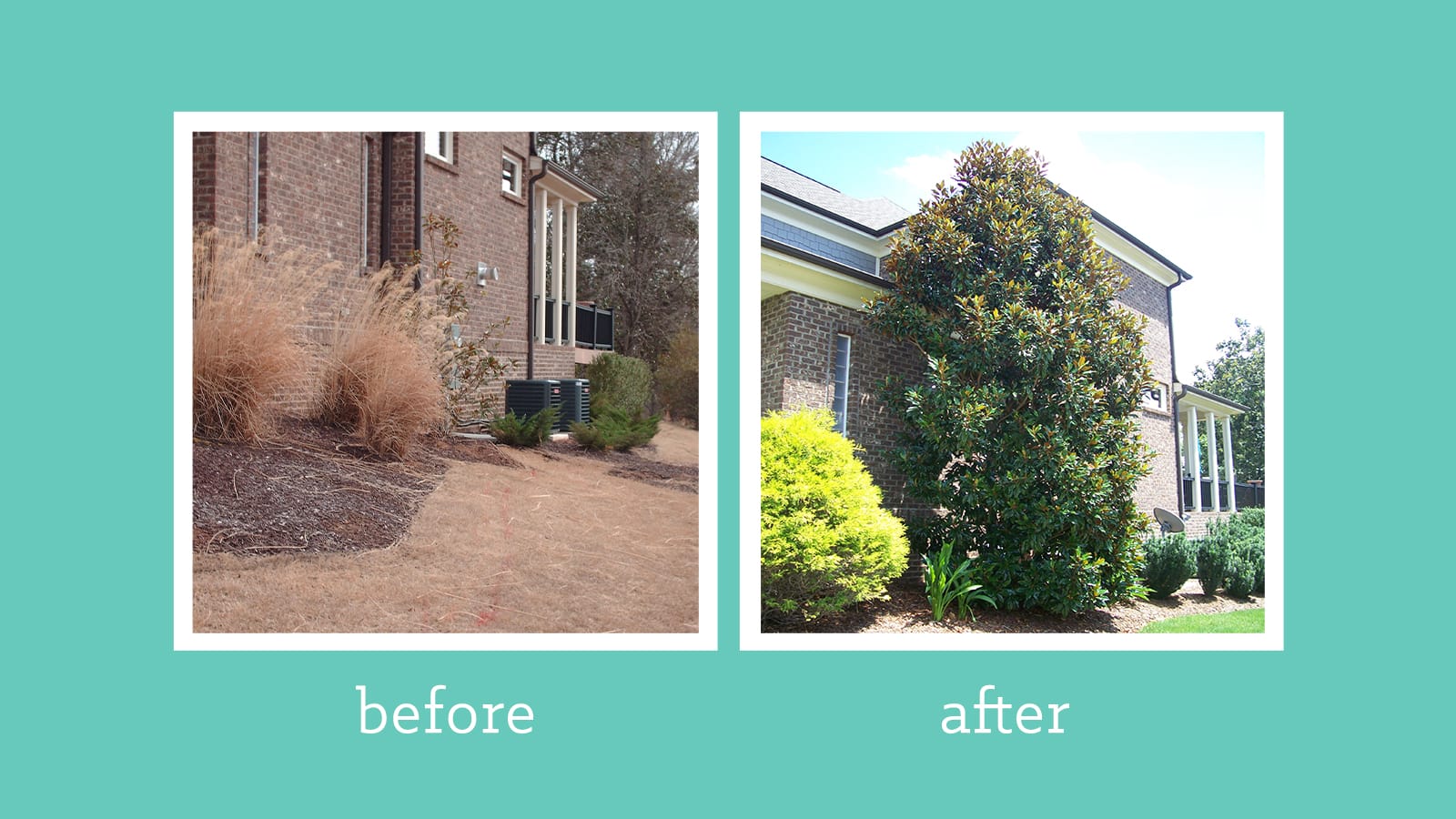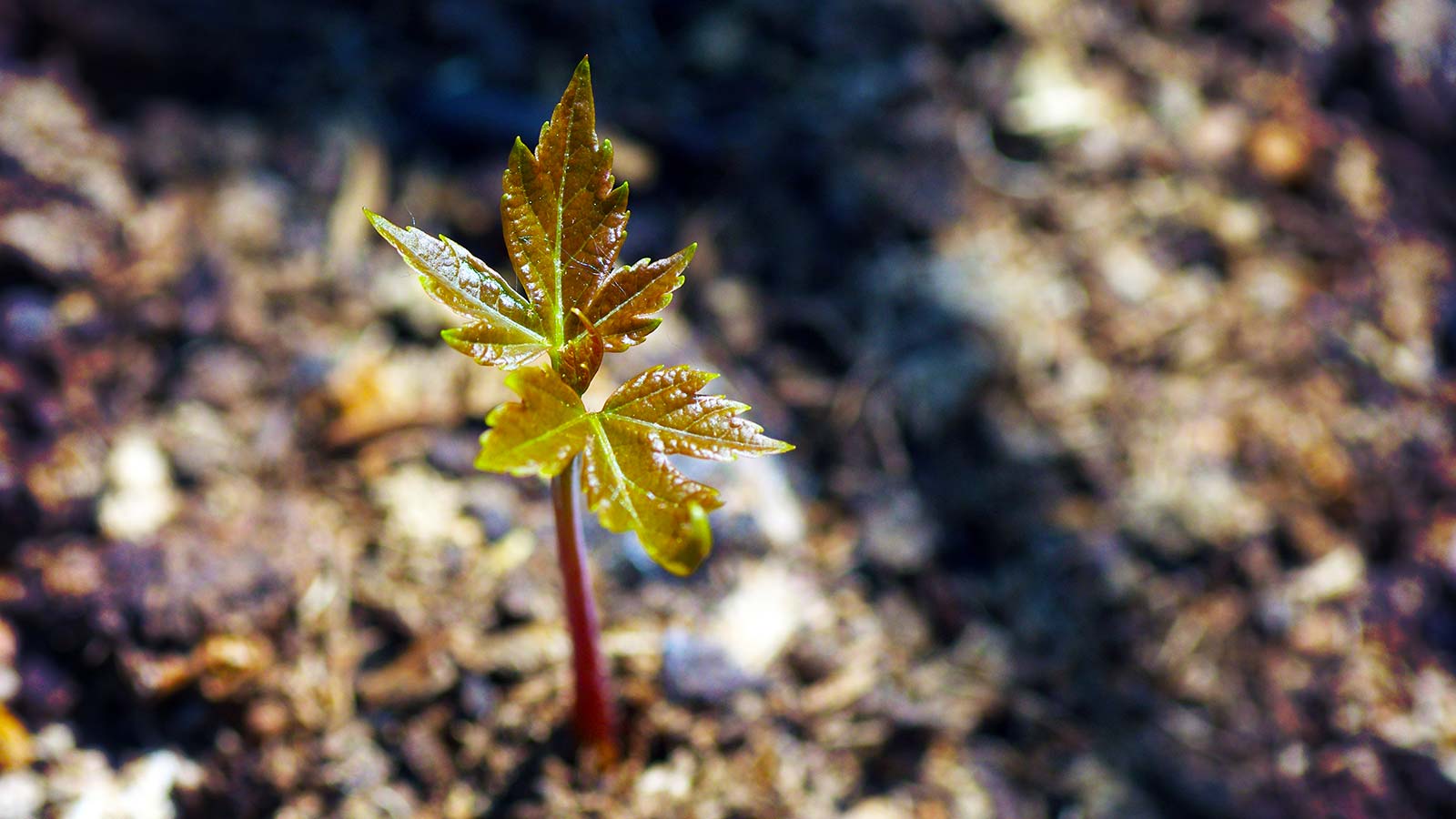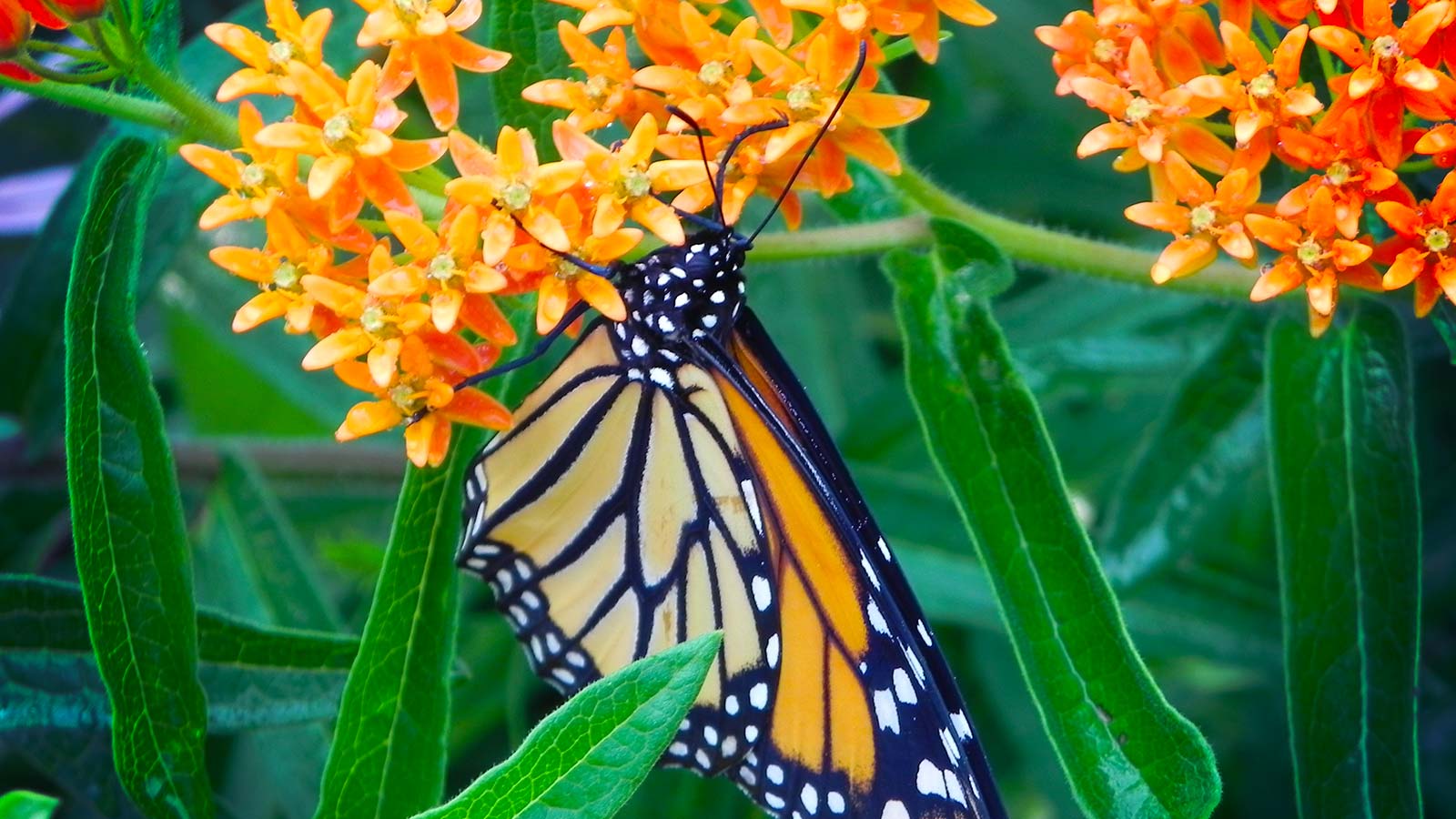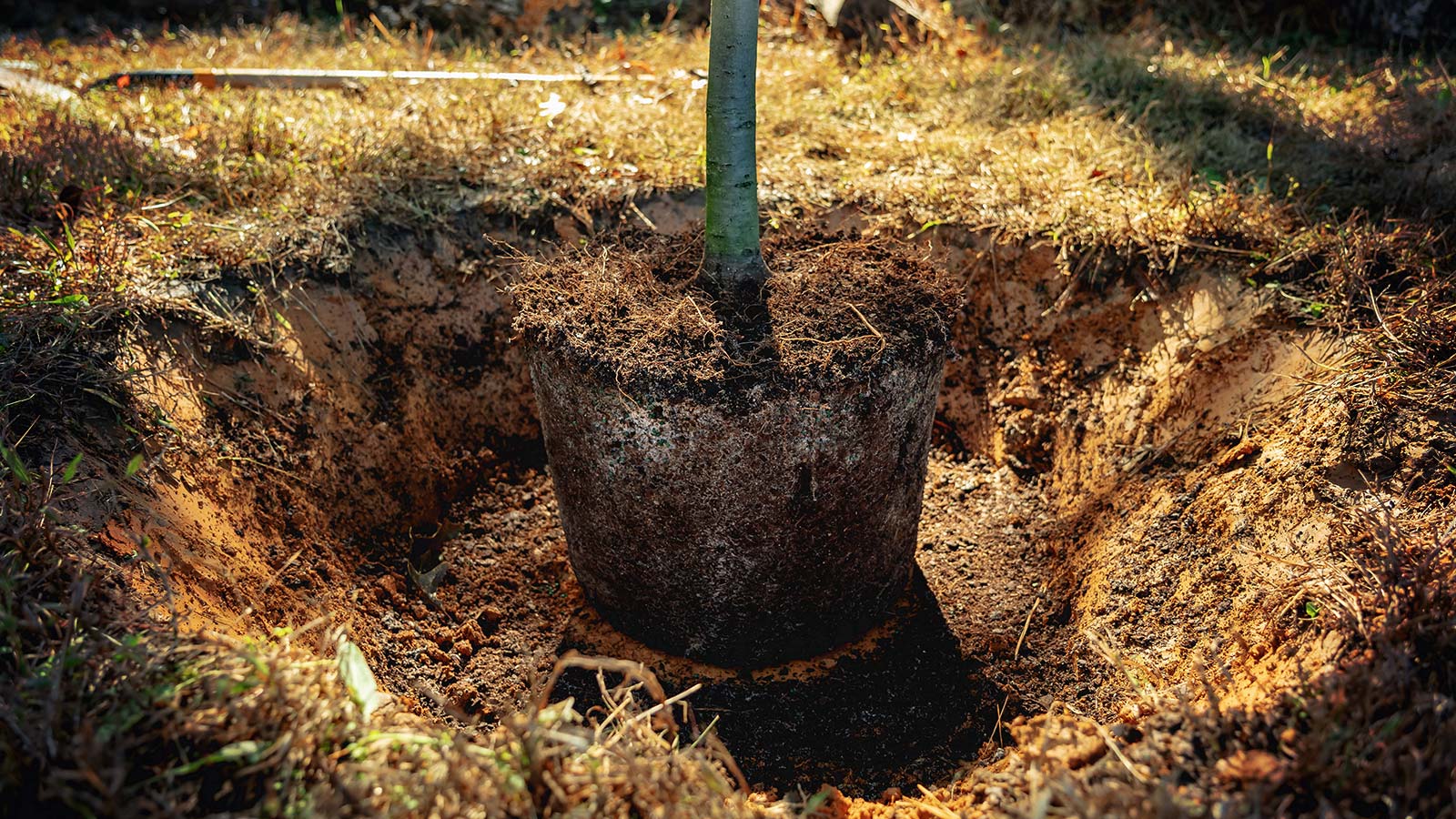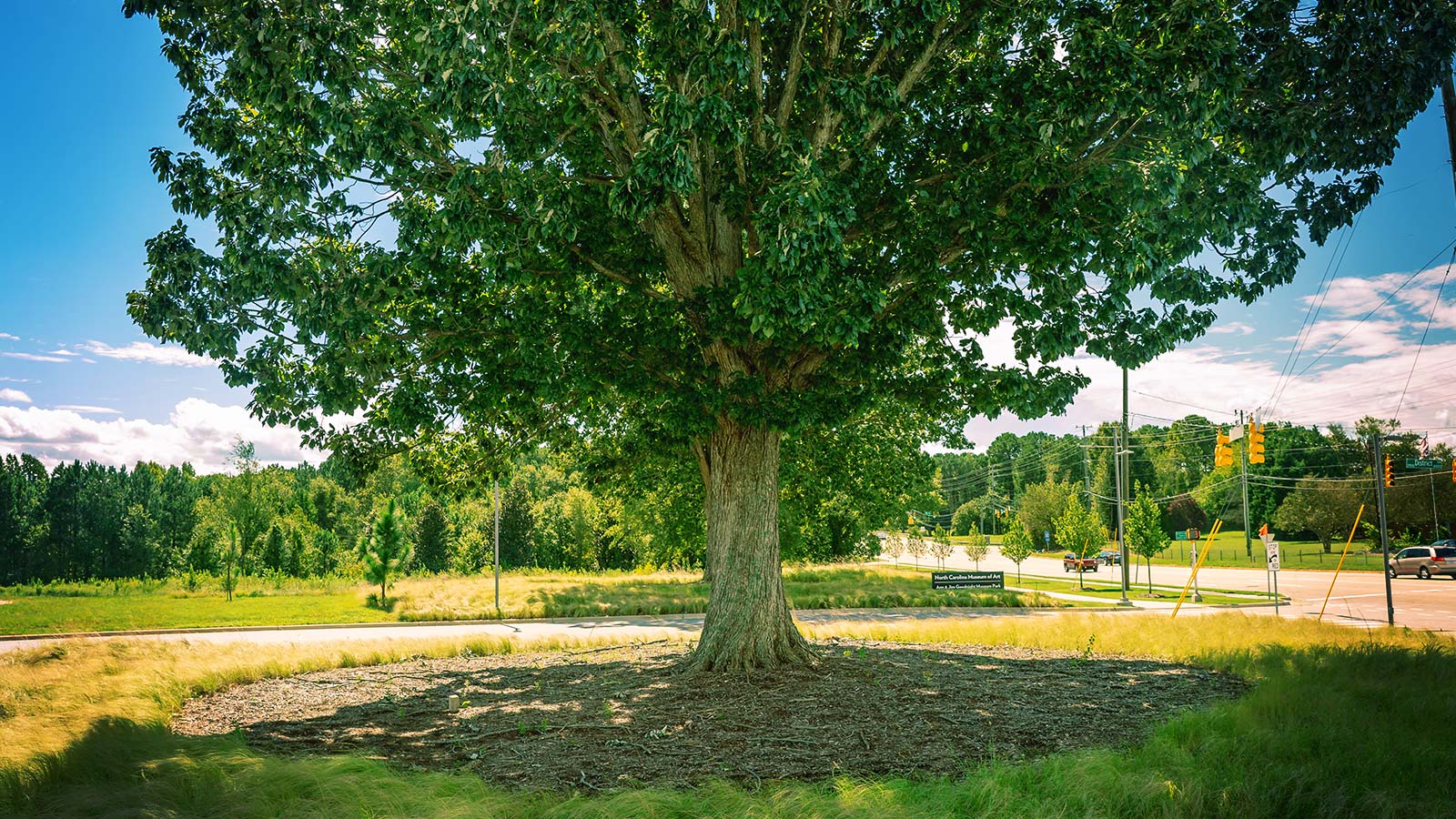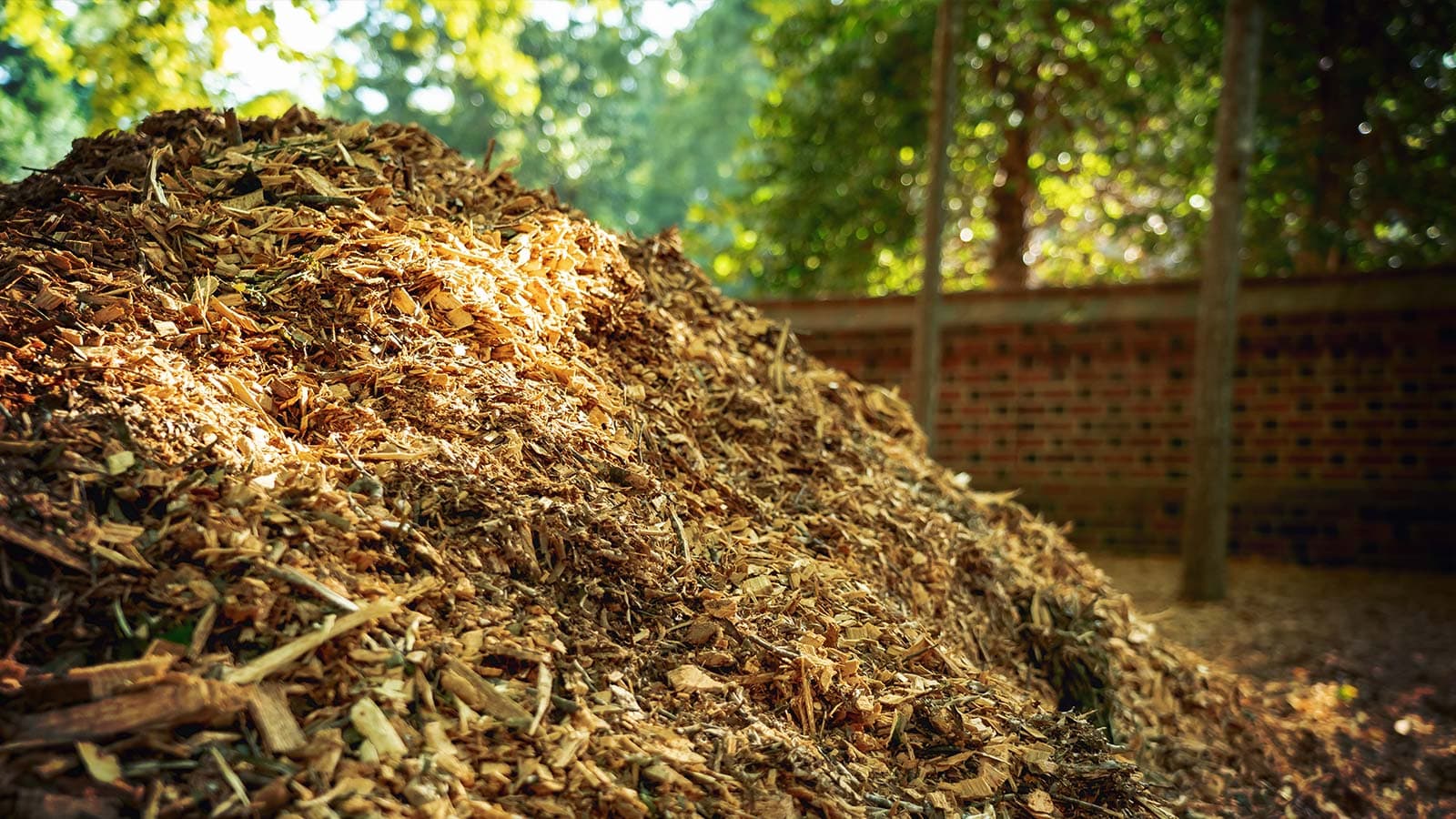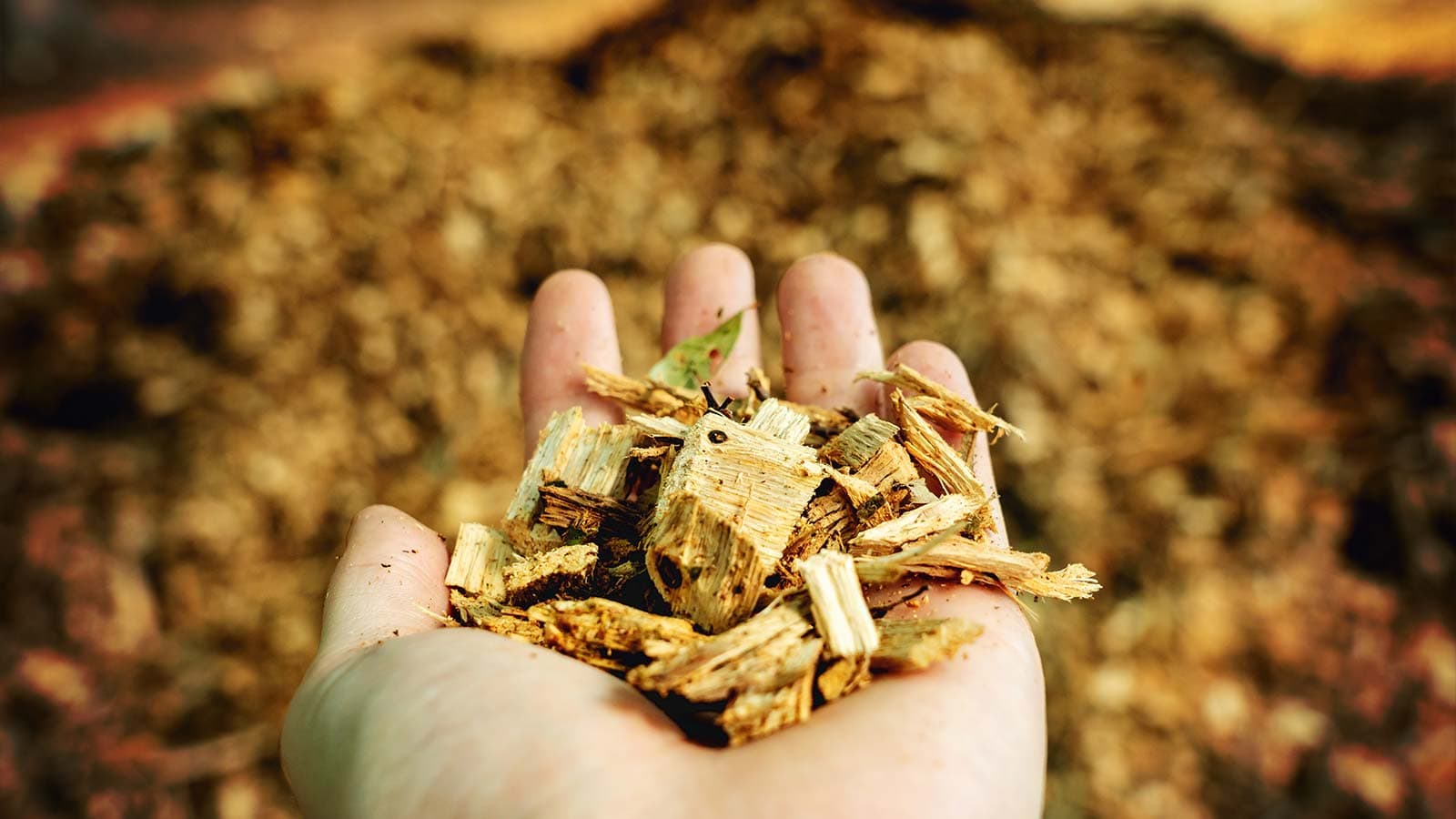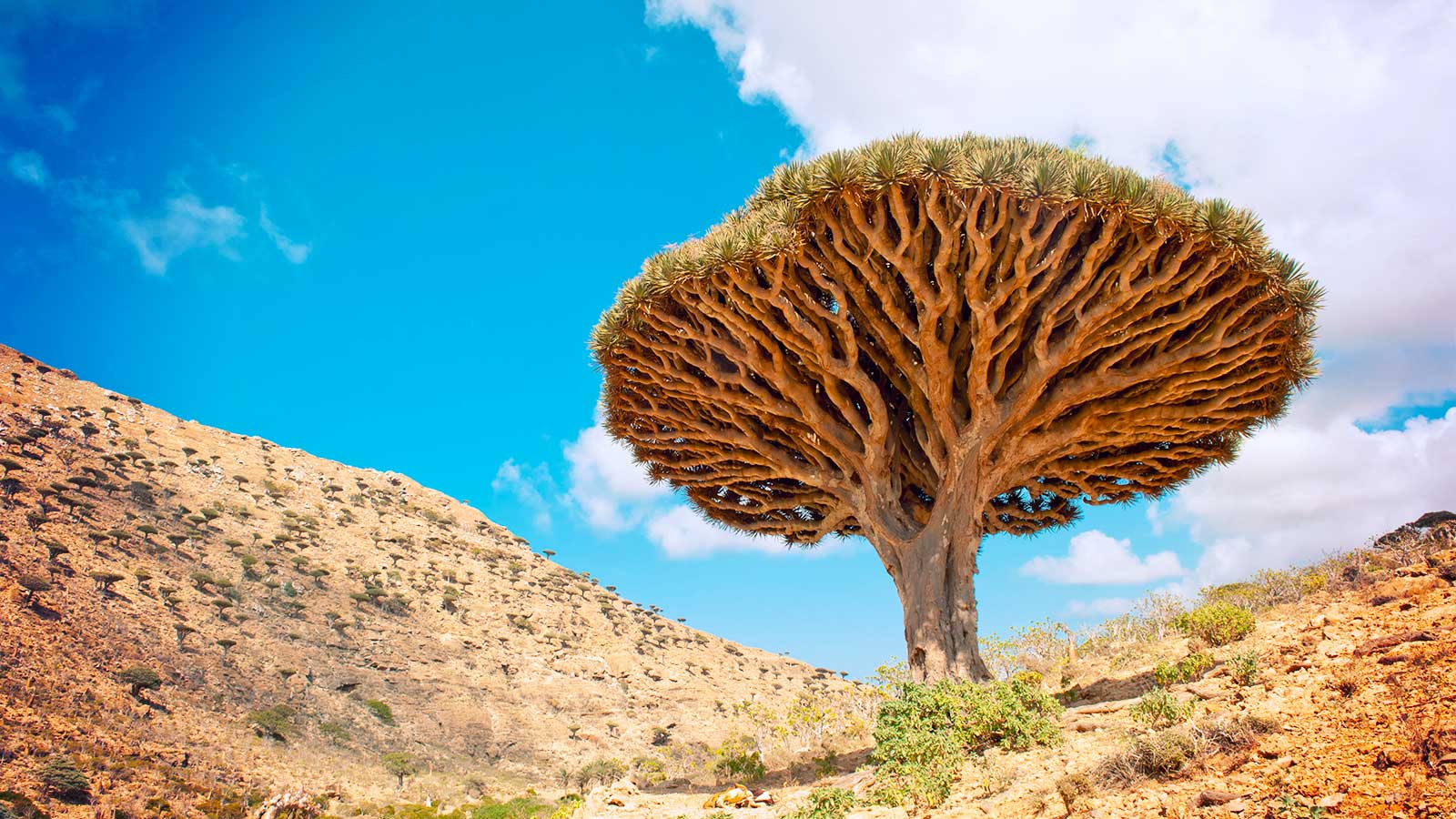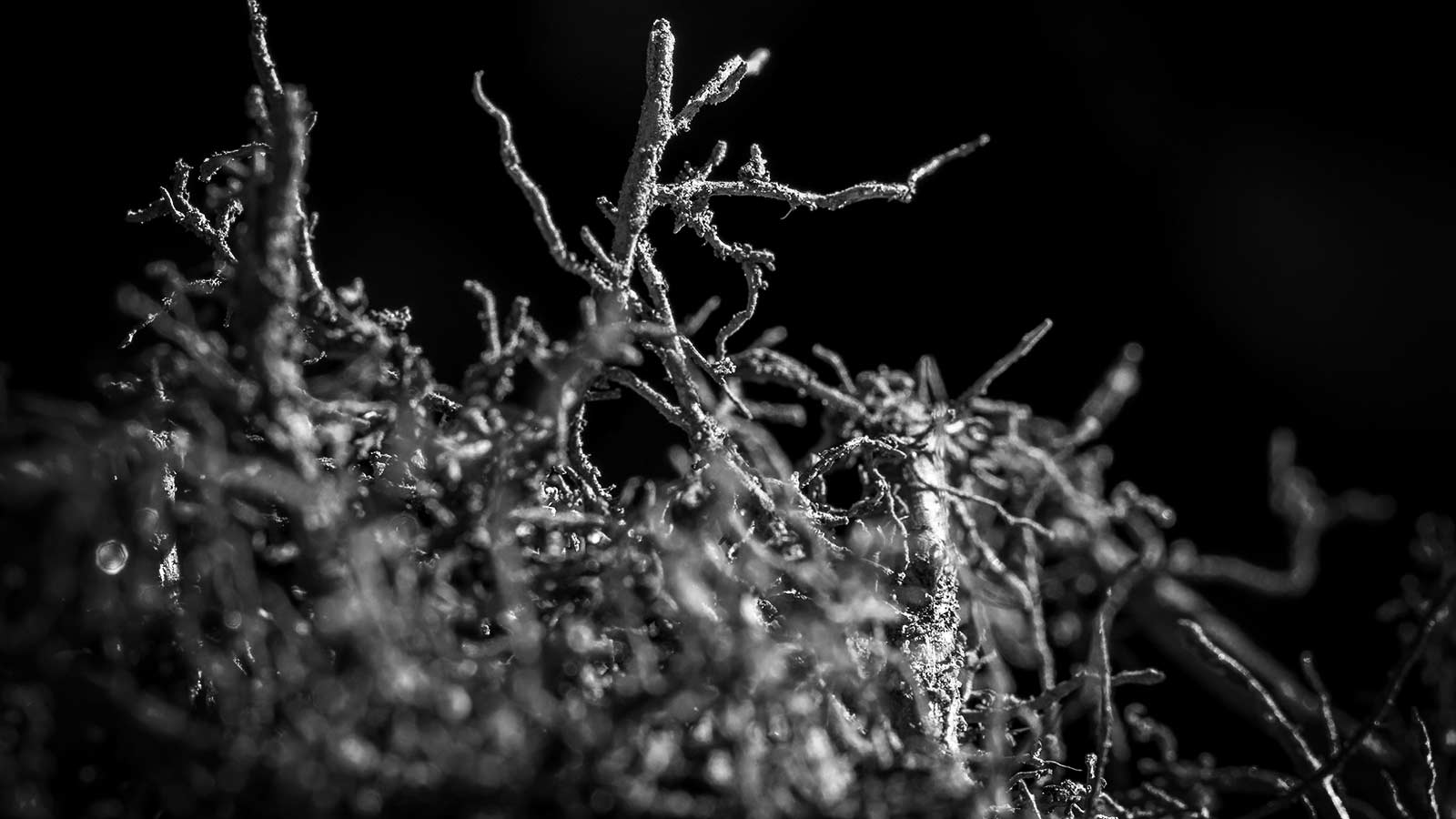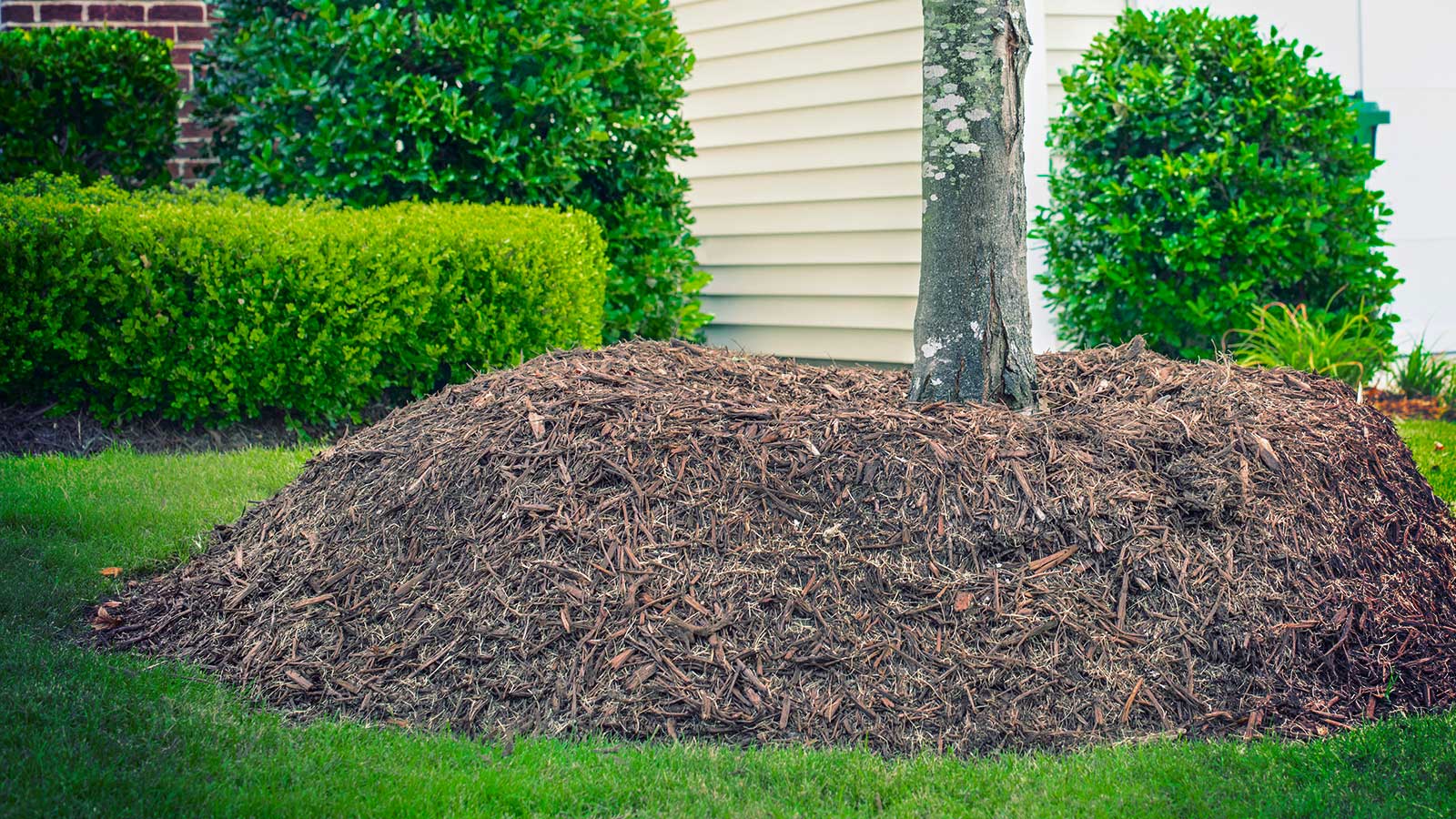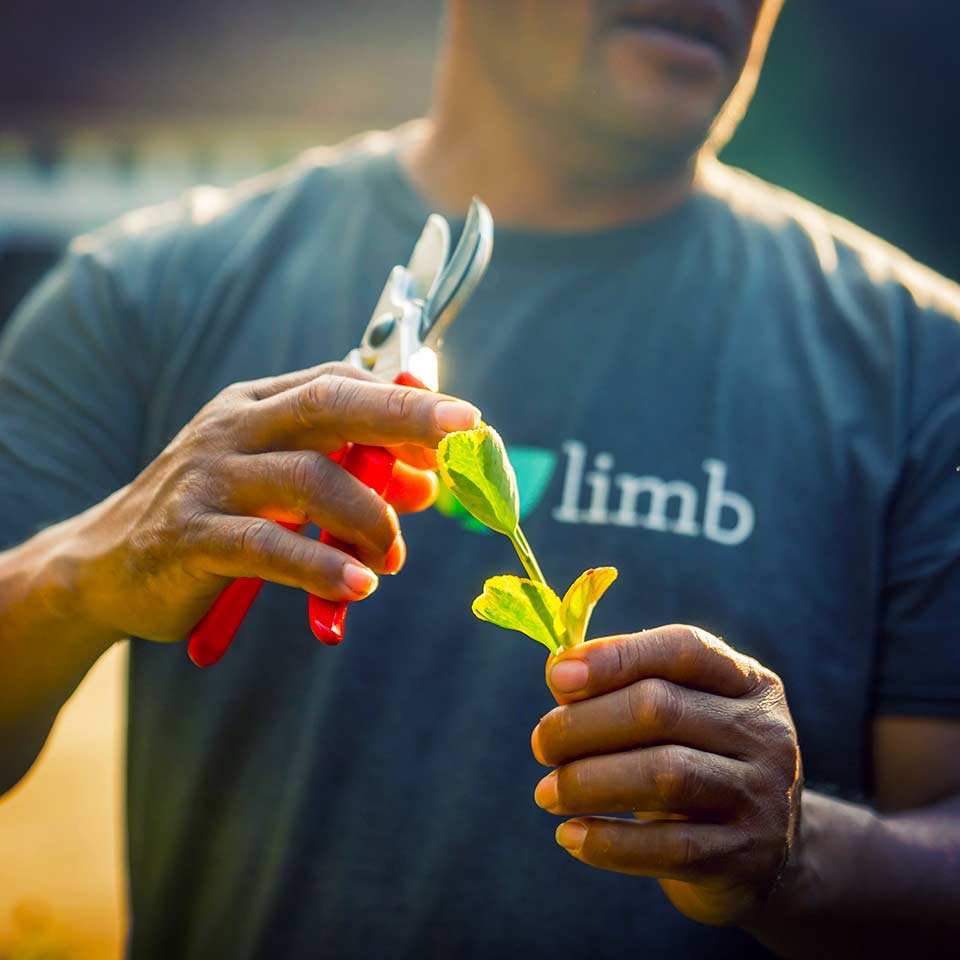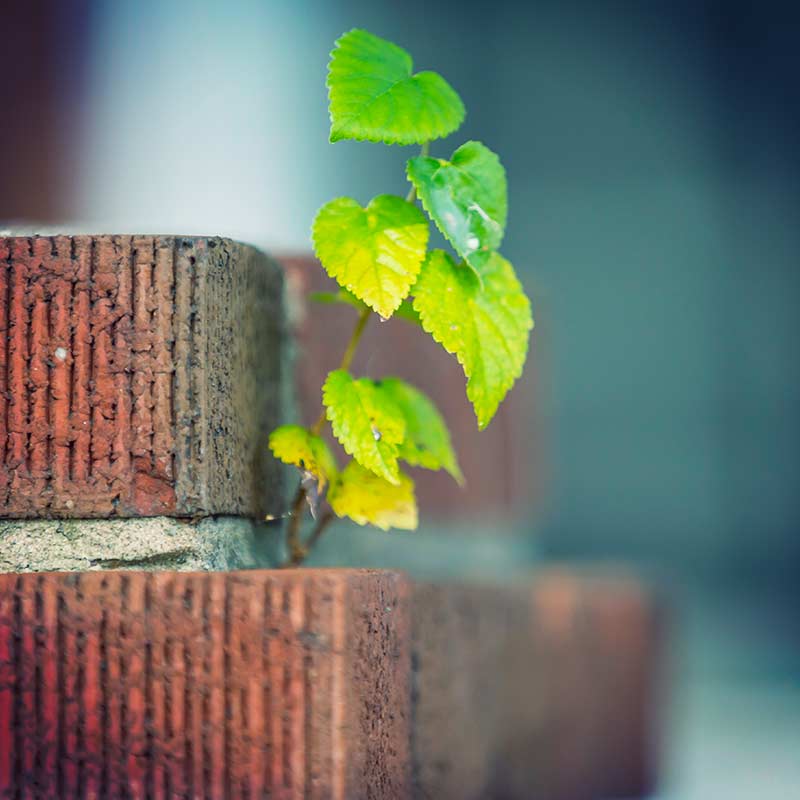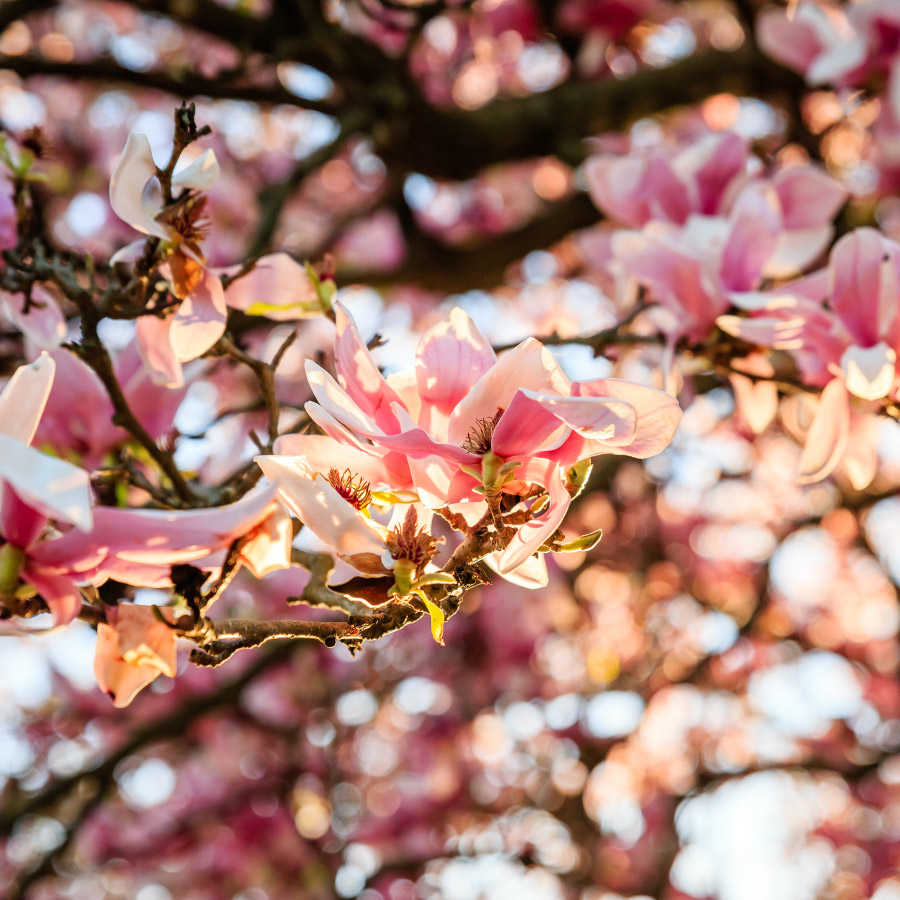January 2024 Treecologist Tribune
Importance of Pruning and Hazards of Mulch Volcanoes

I hope your holidays were as amazing as mine! My boys and I went backpacking in Linville Gorge, where we saw epic sunsets, shooting stars, and snow. We celebrated the Winter Solstice next to a hearty fire on a mountain top with no other humans for miles. It was perfect.

And, now that the holidays are behind us, my mind turns to preparing for the new year. January and the winter months are the best time for pruning because many trees are dormant. There are many kinds of pruning you can do, but there is only one type that matters for the long-term longevity of the tree: structural pruning.
In anticipation of my forthcoming book, which we will offer to you via this newsletter list in March (I’m so excited!!), I’m going to share an excerpt from the chapter on structural pruning.
Excerpt of "From Wasteland to Wonder"
Picture that we are standing in a forest. The trees are crowded closely together. Within this environment, trees must grow tall and straight in order to reach sunlight. They must be efficient with branch growth, which means most of the branches are spaced apart from one another, and the diameter of each branch is significantly less than that of the trunk. These trees have an ideal structure that makes them strong and resilient in the face of heavy winds. This is the natural environment for most trees.
In contrast, imagine a tree growing in the sub/urban landscape (or maybe you can look out your window to see one right now). Most trees growing in sub/urban spaces have too much room to grow and do not have to compete with other trees for sunlight. This is not a natural environment for most trees. They grow many trunks and long branches that are often crowded together. They do not have ideal structure and are likely to break during storms and heavy winds. If this happens, the falling branch or tree could damage homes, buildings, and cars. The tree will either die or begin declining from these new wounds, which results in the loss of a tree and money spent on removal and replacement. All of these are outcomes we want to avoid.
The good news is that we can avoid these negative outcomes through structural pruning, which mimics the competition a tree would experience in the forest. We use pruning cuts to train the trees to develop a tall, central trunk with small, well-spaced branches. In a way, this is using pruning cuts to biologically program a tree. Of course, we cannot control it or tell it what to do, but we can certainly influence how it grows.
By providing our trees with structural pruning, we reduce the possibility of them splitting or failing in various ways. It keeps our property safer and keeps trees living longer, healthier lives. It is for these reasons that I rank structural pruning as one of the top two most important ways to care for trees in the sub/urban landscape.
In addition to pruning, do you know the other most important way to care for trees in the sub/urban landscape? Most of you probably already know – but if you don’t, get a copy of the book in March. 😉
If you want us to have a look at your trees to determine if they need structural pruning (most trees in the sub/urban landscape do), shoot us an email or give us a call. We offer free consultations with the most fun, knowledgeable tree huggers around!
Before I go, two perfunctory items:
First, let’s talk weather. My biggest concern is the lack of persistent cold. These intermittent periods of warm weather make it easier for various fungal strains and pests to survive into spring. It also results in more weed pressure in prairies and forces trees to waste valuable resources and risk harm by budding too soon. Luckily, rainfall has been abundant and more consistent than it was during the previous growing season. We have had an estimated 10 rain events measuring a total of approximately 12 inches of rain.
Last, I want to answer a reader’s question. Tina writes,
"You talk about the importance of mulching around tree beds. I have heard that you should not get the mulch too close to the base of the tree. Could you explain how to best mulch around a tree?"
Correct, if we place mulch on the base of the trunk of the tree, we can kill it. Moisture from the mulch will damage the trunk tissue, causing rot and a decline in health. It can also allow the tree to strangle itself by growing roots around the trunk. Mulches, particularly arborist wood chips, are excellent for improving soil health. But they should be kept several inches from the trunk. You should be able to see a flare at the base of the trunk where it turns into roots. You can learn more about mulch volcanoes in this video.
Please send us your questions by replying to this email or sending a note to info@leaflimb.com.
I leave you with some inspiration from Marcus Aurelius: "Your days are numbered. Use them to throw open the windows of your soul to the sun. If you do not, the sun will soon set, and you with it."

